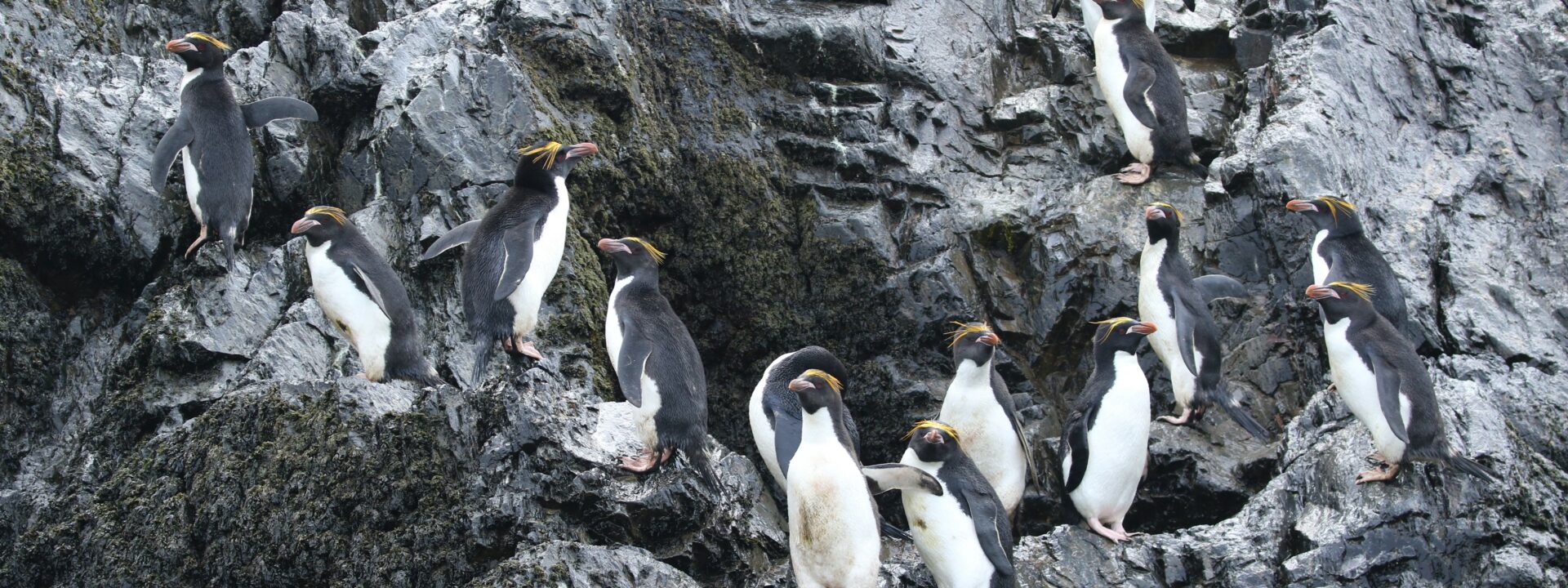Atlantic Odyssey
Argentina to Cape Verdes
South America and South Georgia to Ascension and beyond: seabirds, island endemics and cetaceans
This truly iconic voyage offers the keen birder the opportunity to see a fantastic mixture of seabirds and island endemics. First pioneered by WildWings’ Tony Marr and Chris Collins in 1998, we consider this to be one of the ‘ultimate’ pelagic trips as the ship sails northwards from Ushuaia (at the very bottom of South America) to South Georgia, Tristan da Cunha and St Helena before continuing onwards to Ascension Island and the Cape Verdes.
Between 40-50 species of ‘tubenose’ have been logged on previous voyages and potential highlights include Tristan Albatross, Spectacled Petrel, Atlantic Petrel, MacGillivray’s Prion and Northern Rockhopper Penguin.
Some of the islands are also home to very special endemic landbirds and, on previous occasions, those zodiacs cruising the coast of Gough Island have found both the endemic moorhen and bunting, with this occasionally eclipsed by landings on the appropriately named Inaccessible Island, which is the only place to see the flightless Inaccessible Island Rail.
The bunting on this island is also now regarded as an endemic species with Tristan Thrush, Nightingale Bunting and the endangered Wilkin’s (Grosbeak) Bunting all being found on nearby Nightingale Island.
The cetacean list for this expedition is also exceptional and the species which have been seen previously include Blue, Southern Right and Southern Bottlenose Whales, Shepherd’s, Arnoux’s, Gervais’ and Strap-toothed Beaked Whales plus Hourglass, Rough-toothed and Clymene Dolphins.
With the introduction of a weekly flight from St Helena to South Africa, it is now possible to disembark on the island where Napoleon Bonaparte was exiled but for those who have the time, we recommend continuing on to Ascension Island and the Cape Verdes giving you the opportunity to see a range of tropical species.
Tour Dates & Prices
Wed 1st April 2026
Mon 4th May 2026
- Phone Us to Book
Tour Cost: 34 Days from £9300 * excluding flights
* The price and deposit quoted here is per person for the most basic cabin. Please see below for prices for all cabins types.
What's Included?
All on board ship accommodation, meals and expedition shore excursions. WildWings checklist of birds and mammals.
Cost Excludes
All items of a personal nature, laundry, drinks, gratuities. International/domestic flights, visas and travel insurance.
Additional Information
The voyage will be accompanied by a WildWings/Limosa tour leader subject to a minimum number of bookings (please see “group size” above for the number required). If this total is not achieved, the expedition staff on the ship should include bird and wildlife guides employed by Oceanwide Expeditions who are there to assist everyone.
THE SHIP
m/v Plancius was built in 1976 as an oceanographic research vessel for the Royal Dutch Navy and was named “Hr. Ms. Tydeman”. The ship sailed for the Dutch Navy until June 2004 and was eventually purchased by Oceanwide Expeditions. It offers comfortable accommodation for 108 passengers in 50 cabins.
CABINS OPTIONS AND PRICES
Although it is possible to disembark on St Helena, this then involves taking the weekly (and very expensive) flight to South Africa, so the prices below relate to the full voyage, ie from Ushuaia to Cape Verde. If you are interested in the shorter voyage, please contact us.
Cabin options
- Quadruple Porthole: £9,300
- Twin Porthole: £11,750
- Single Porthole: £19,950
- Twin Window: £12,275
- Single Window: £20,850
- Twin Deluxe: £13,275
- Single Deluxe: £22,325
- Superior Double: £14,250
- Superior Single: £24,325
Please note: all prices are per person.
The Tour Cost is the amount you will pay WildWings.
Please note that for all expedition cruises, WildWings is acting as agent for the ship operator and you will need to sign up to their terms and conditions.
Tour Highlights
- cruise from Ushuaia (the most southerly city in the world in Tierra del Fuego, Argentina) to Cape Verde on a comfortable expedition ship exploring islands such as South Georgia, Gough, Tristan da Cunha and St Helena
- look for an amazing variety of seabirds (40-50 species of tubenose are possible) including Tristan Albatross, Atlantic Petrel, Spectacled Petrel and Subantarctic (Little) Shearwater
- land on South Georgia, home to some of the largest King Penguin colonies in the world and two endemic species - South Georgia Pintail and South Georgia Pipit
- if conditions are suitable, zodiac cruise off the extraordinary Gough Island for Gough Moorhen and Gough Bunting
- expect to see vast numbers of seabirds around Gough including Tristan Albatross and MacGillivray’s Prion
- three days around the Tristan da Cunha archipelago with chances (subject to weather and sea conditions) to land on Tristan, Nightingale and potentially even Inaccessible Island
- look for the Tristan land endemics including Nightingale Bunting, Wilkin's Bunting and Tristan Thrush and if conditions are suitable the Inaccessible Island Rail
- expect to see the very localised Northern Rockhopper Penguin
- explore St Helena where Napoleon Bonaparte was exiled and home to the endemic St Helena Plover
Outline Itinerary
-
Board expedition ship in Ushuaia, Argentina. Sail late afternoon
-
At sea, Drake Passage / Southern Ocean
-
South Georgia
-
At sea
-
Gough Island
-
Tristan da Cunha
-
At sea
-
St Helena
-
At sea
-
Ascension Island
-
At sea
-
Disembark at Praia, Santiago, Cape Verdes
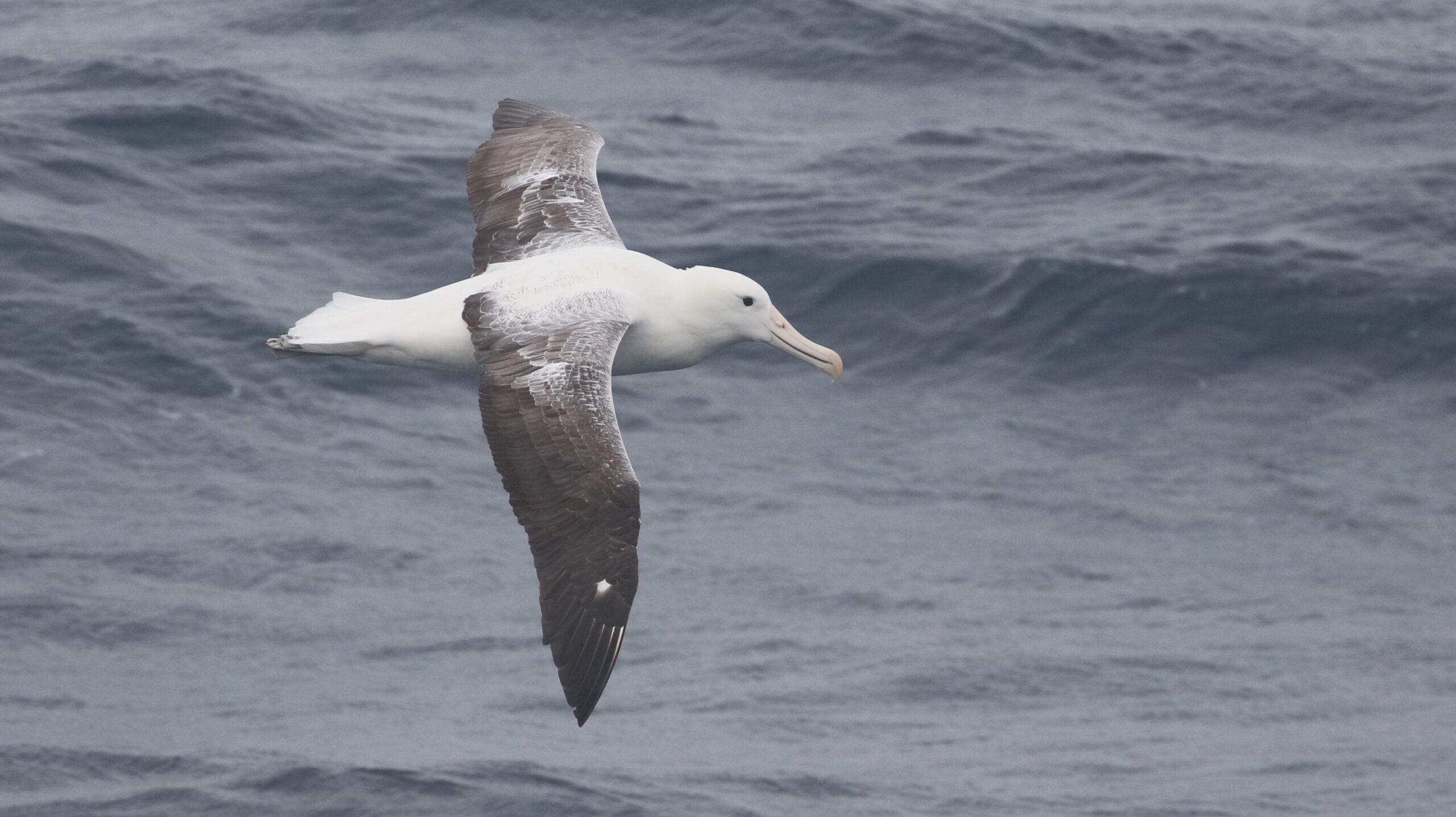
Sailings from the most southerly city in the world, Ushuaia, this iconic voyage visits some truly extraordinary islands and offers the keen birder the opportunity to see a fantastic mixture of seabirds and island endemics. First pioneered by WildWings’ Tony Marr and Chris Collins in 1998, we consider this voyage to be the ‘ultimate’ pelagic trip in the Atlantic and the current itinerary will take you from the very bottom of South America to South Georgia, Tristan da Cunha and St Helena. For those wanting to continue, the ship then sails onwards to Ascension Island and the Cape Verdes, thereby offering the opportunity to see a completely different suite of birds and cetaceans.
Many of these South Atlantic islands have enormous populations of seabirds and some have very special endemic landbirds. The vast area of ocean between them are ‘home’ to a great variety of albatrosses, petrels, shearwaters and prions and amongst the likely highlights are Tristan Albatross, Spectacled Petrel, Atlantic Petrel, Northern Rockhopper Penguin and huge colonies of King Penguins. The ultimate ocean traveller, the Wandering Albatross, often follows the ship whilst the vessel is in the Southern Ocean, and we may even get a chance to see the greeting ceremony of these massive seabirds on their nesting grounds on South Georgia.
Between 40-50 species of ‘tubenose’ have been logged on previous voyages and for a comprehensive list of the species which have been seen on some previous voyages please see below. With the recent advances in seabird identification, ‘new’ species which have been added in recent years include Scopoli’s Shearwater, MacGillivray’s Prion, St Helena and Ascension Band-rumped Storm-Petrels plus Cape Verde Storm-Petrel and there is always the chance of a surprise with species such as Trinidade Petrel, Juan Fernandez Petrel, Swinhoe’s Storm-Petrel and Salvin’s Albatross all having been recorded previously.
The cetacean list for this expedition is also truly exceptional and the species which have been seen on previous voyages include Blue, Humpback, Southern Right and Southern Bottlenose Whales, Shepherd’s, True’s, Arnoux’s, Gervais’ and Strap-toothed Beaked Whales plus a multitude of dolphins including Hourglass, Rough-toothed and Clymene along with the almost mythical Southern Right Whale Dolphin and Spectacled Porpoise.
These are remote islands with colourful histories that very few people have an opportunity to visit and on previous occasions, clients have zodiac cruised offshore from Gough Island, seeing its two endemic land birds, the moorhen and the bunting, but even this has occasionally been eclipsed by landings on Inaccessible Island (heavy swells usually prevent getting ashore here) yielding amazing views of the diminutive and flightless Inaccessible Island Rail. The bunting on this island has now been split and is regarded as a full and endemic species. Successful landings have also been made on Nightingale Island in the Tristan group, where the endemic Tristan Thrush (which has been seen on Tristan itself in recent years), Nightingale Bunting and the endangered Wilkin’s (Grosbeak Bunting) are to be found.
With the introduction of a weekly flight between St Helena and South Africa, it is now possible to disembark on the island where Napoleon Bonaparte was exiled and died but for those who have the time, it is possible to continue onwards to Ascension Island and the Cape Verdes giving you the opportunity to see a range of tropical species.
Potential Seabirds (selected species only)
Brown Noddy, Black Noddy, White Tern, Sabine’s Gull, Kelp Gull, Sooty Tern, South American Tern, Antarctic Tern, Chilean Skua, South Polar Skua, Brown Skua, Red-billed Tropicbird, White-tailed Tropicbird, King Penguin, Chinstrap Penguin, Gentoo Penguin, Magellanic Penguin, Macaroni Penguin, Northern Rockhopper Penguin, Wilson’s Storm-Petrel, Grey-backed Storm-Petrel, White-faced Storm-Petrel, White-bellied Storm-Petrel, Black-bellied Storm-Petrel, Snowy (Wandering) Albatross, Tristan Albatross, Southern Royal Albatross, Sooty Albatross, Light-mantled Sooty Albatross, Black-browed, Shy Albatross, Grey-headed Albatross, Atlantic Yellow-nosed Albatross, Band-rumped Storm-Petrel, Cape Verde Storm-Petrel, (Swinhoe’s Storm-Petrel), Leach’s Storm-Petrel, Southern Giant Petrel, Northern Giant Petrel, Southern Fulmar, Antarctic Petrel, Cape Petrel, Snow Petrel, Blue Petrel, Broad-billed Prion, MacGillivray’s Prion, Antarctic Prion, Slender-billed Prion, Fairy Prion, Kerguelen Petrel, Great-winged Petrel, Atlantic Petrel, Soft-plumaged Petrel, Fea’s Petrel, (Trinidade Petrel), Grey Petrel, White-chinned Petrel, Spectacled Petrel, Scopoli’s Shearwater, Cory’s Shearwater, Cape Verde Shearwater, Sooty Shearwater, Great Shearwater, Subantarctic (Little) Shearwater, Boyd’s Shearwater, Magellanic Diving Petrel, South Georgia Diving Petrel, Common Diving Petrel, Bulwer’s Petrel, Ascension Frigatebird, Masked Booby, Brown Booby, Imperial Shag, South Georgia Shag
Potential ‘Island’ Birds (selected species only)
South Georgia Pintail, Gough Moorhen, Inaccessible Island Rail, Snowy Sheathbill, St Helena Plover, Tristan Thrush, South Georgia Pipit, Inaccessible Island Finch, Wilkin’s Finch, Nightingale Island Finch, Gough Finch
Potential Cetaceans and Marine Mammals (selected species only)
Southern Right Whale, Humpback Whale, Fin Whale, Blue Whale, Sei Whale, Sperm Whale, Dwarf Sperm Whale, Pygmy Sperm Whale, Arnoux’s Beaked Whale, Shepherd’s Beaked Whale, Cuvier’s Beaked Whale, Southern Bottlenose Whale, Gervais’s Beaked Whale, Strap-toothed Beaked Whale, Orca (Killer Whale), Dusky Dolphin, Hourglass Dolphin, Peale’s Dolphin, Southern Right-whale Dolphin, Rough-toothed Dolphin, Risso’s Dolphin, False Killer Whale, Melon-headed Whale, Long-finned Pilot Whale, Short-finned Pilot Whale, Common Bottlenose Dolphin, Atlantic Spotted Dolphin, Pantropical Spotted Dolphin, Striped Dolphin, Clymene Dolphin, Spinner Dolphin, Common Dolphin, Spectacled Porpoise, Antarctic Fur Seal, South American Fur Seal, Subantarctic Fur Seal, South American Sea Lion, Southern Elephant Sea
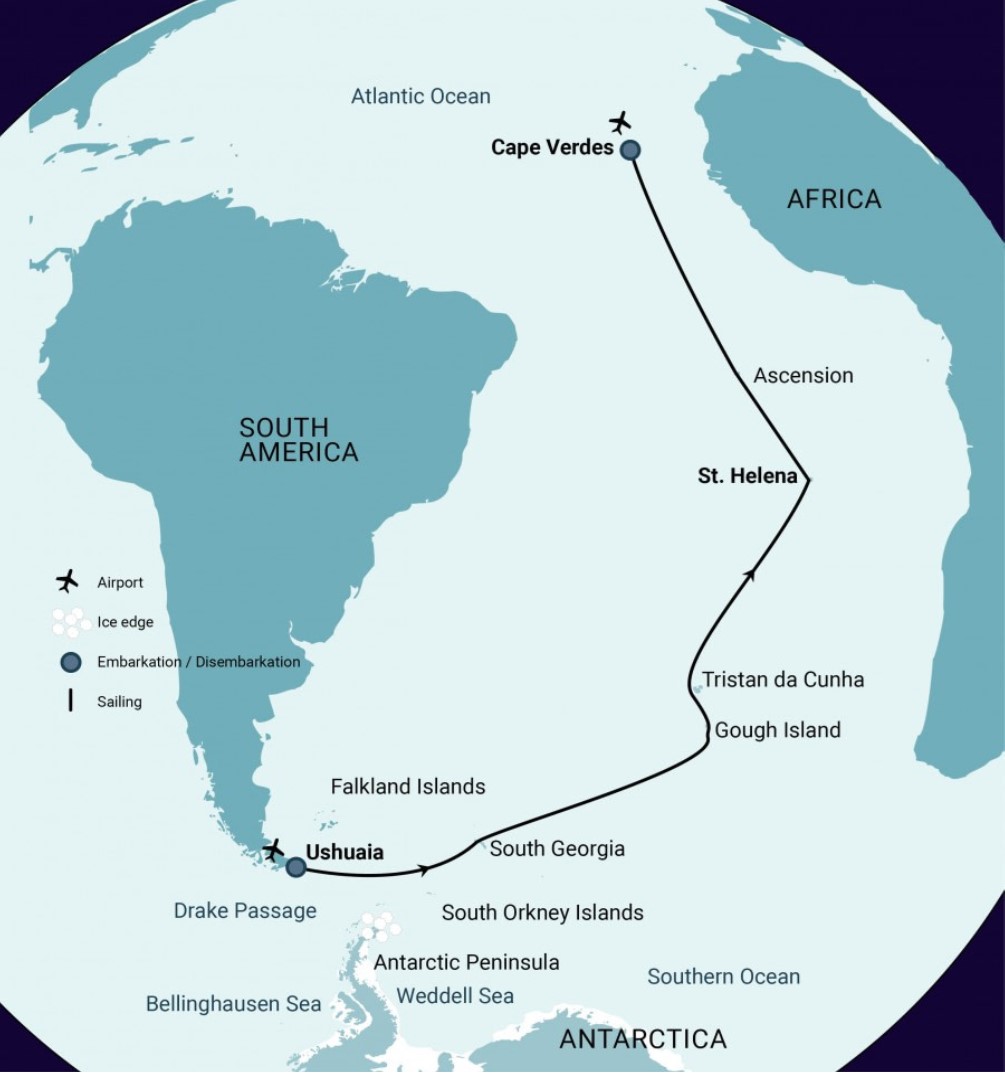
Part 1: USHUAIA-ST HELENA
Day 1: Ushuaia, Argentina
Embark in Ushuaia in the afternoon and sail down the Beagle Channel where we hope to find Magellanic Penguin and Magellanic Diving Petrel.
Days 2-4: At sea
An excellent selection of seabirds could be found including Blue, Soft-plumaged and White-chinned Petrels, Wandering, Black-browed, Grey-headed and Light-mantled Sooty Albatrosses, Cape Petrels, Antarctic Fulmars plus Slender-billed and Antarctic Prions.
Days 5-7: South Georgia
We have three days scheduled on the amazing Subantarctic Island of South Georgia and plan to visit the abandoned whaling settlement at Grytviken (where ship clearance will take place) but there are multiple options for other landings where the wildlife encounters can be incredible.
The most impressive King Penguin colonies are arguably at Salisbury Plain and St Andrew’s Bay but there are plenty of other beaches which are also very special such as Gold Harbour and Stromness.
Another possibility is Cooper Bay where there are excellent chances of seeing Macaroni Penguins whilst zodiac cruising around the sheltered coves.
Following the recent successful rodent eradication project, the number of sites where one can find the endemic South Georgia Pintail and South Georgia Pipit have increased significantly so there are now good chances of finding both these species during your visit which was certainly far from guaranteed just a few years ago.
Days 8-12: At sea
The ship should have a good tailwind as it heads in a north-easterly direction towards Gough Island and there should be opportunities to see an impressive variety of Antarctic and Subantarctic seabirds.
Many of the seabirds seen previously will still be with us and the possibilities including Grey-backed, Black-bellied and White-bellied Storm-Petrels, Fairy Prion, Kerguelen, Atlantic, Grey and Great-winged Petrels, Great and Sooty Shearwaters, Common and South Georgian Diving Petrels, Southern and Northern Giant Petrels plus up to eight species of albatross (Wandering, Tristan, Grey-headed, Black-browed, Sooty, Light-mantled Sooty, Shy and Atlantic Yellow-nosed).
Our first Spectacled Petrels should also be encountered along with Subantarctic (Little) Shearwaters.
Day 13: Gough Island
Gough Island is a World Heritage Site and a spectacular home to millions of breeding seabirds. Landings are not permitted, but subject to weather conditions, we hope to zodiac cruise close to the shore and look for the endemic Gough Moorhen and Gough Bunting plus Northern Rockhopper Penguins and the distinctive local form of Subantarctic Fur Seal.
Days 14-17: Tristan da Cunha
We plan to call at the settlement of Edinburgh in the north-western corner of the main island in the Tristan da Cunha archipelago. We have allowed two reserve days for bad weather which, unfortunately, is very common here.
Often regarded as the remotest inhabited island in the world, there are now relatively few birds around the village (due to rats and cats), so we hope to visit nearby Nightingale Island (weather and landing conditions permitting) where hundreds of thousands of Great Shearwaters nest and both Atlantic Yellow-nosed Albatross and Northern Rockhopper Penguin can be found. Tristan Thrushes and Tristan Buntings should also be hopping around our feet and the much scarcer Grosbeak Bunting can be found in the remanent woodland on the top of the island.
If permission is obtained (and weather and landing conditions allow it), we may also try to visit Inaccessible Island with its endemic flightless rail and bunting.
NB: It is important to appreciate that the weather and local sea conditions mean that the chances of landing in the Tristan archipelago are generally less than 50%. Due to local regulations, landings cannot be attempted on either Nightingale or Inaccessible until you have been ashore at the settlement first.
Days 18-21: At sea
Not far to the north of Tristan, we will enter subtropical waters and thus will start to see a different selection of seabirds and dolphins. We will soon leave many of the southern seabirds behind with Spectacled Petrels often being the last to disappear. New species should include Band-rumped Storm-Petrel and Bulwer’s Petrel, whilst flying fish definitely add a tropical edge. Expect calmer seas and balmier days.
Days 22-24: St Helena
St. Helena is another island where many endemic species have become extinct and just eleven land bird species now breed here, nine of which are introduced. The most important is the endemic ‘Wirebird’ or St Helena Plover, a small thin-legged shorebird which we should find in fields in the centre of the island.
White Terns nest all along the coast and in the trees in the small community of Jamestown. Red-billed Tropicbirds and noddies fly around our vessel at anchor, whilst Pantropical Spotted Dolphins can often be seen, occasionally leaping several metres into the air and then spinning back into the water.
The WildWings group sometimes also takes a short cruise in a local boat for dolphins and breeding seabirds.
Many also go on an optional tour which visits some of the sites from the period when Napoleon was exiled on this remote island including Longwood House where he died in 1821. Optional dinners ashore in local restaurants are also highly recommended.
For those not disembarking the ship (for the flight to South Africa), the ship is scheduled to depart in the evening of day 24.
Part 2: ST HELENA-CAPE VERDE
Days 25-26: At sea
At sea in the infamous ‘doldrums’ with more lazy balmy days. The birding can be slow but both Cory’s Shearwaters and Sooty Terns should start to appear and we often encounter Sperm Whales on this leg.
Day 27-28: Ascension Island
Ascension Island is a dry volcanic island with a moist and richly vegetated hilltop known as Green Mountain which tragically has lost all the endemics that used to live here.
We plan to zodiac cruise Boatswain Bird Island, an offshore stack where thousands of endemic Ascension Frigatebirds hang in the air and Masked, Red-footed and Brown Boobies along with White-tailed Tropicbirds compete for breeding space.
Since the last of the feral cats have been removed, some seabirds are now returning to nest on the main island again and the Sooty Tern colony can hold up to one million breeding pairs when the birds are present.
After dark, there may be an opportunity to witness the amazing spectacle of female Atlantic Green Turtles coming ashore to lay their eggs.
Days 29-33: At sea
During this stretch we will cross the Equator and may encounter King Neptune!! New seabirds to look out for include Boyd’s and Cape Verde Shearwaters, Fea’s Petrel, Cape Verde Storm-Petrel, White-faced Storm-Petrel plus tropical dolphins and some of the slightly larger cetaceans such as Melon-headed Whale and False Killer Whale.
Day 34: Praia, Santiago Island, Cape Verde
The Cape Verdes is where our odyssey will end at the small city of Praia on Santiago Island.
There may be the option of a land birding excursion for endemics such as Cape Verde Warbler, Iago Sparrow and Alexander’s Swift plus more before the trip concludes.
NB: As on all expeditions, our exact itinerary is subject to sea, weather and government and local permissions.
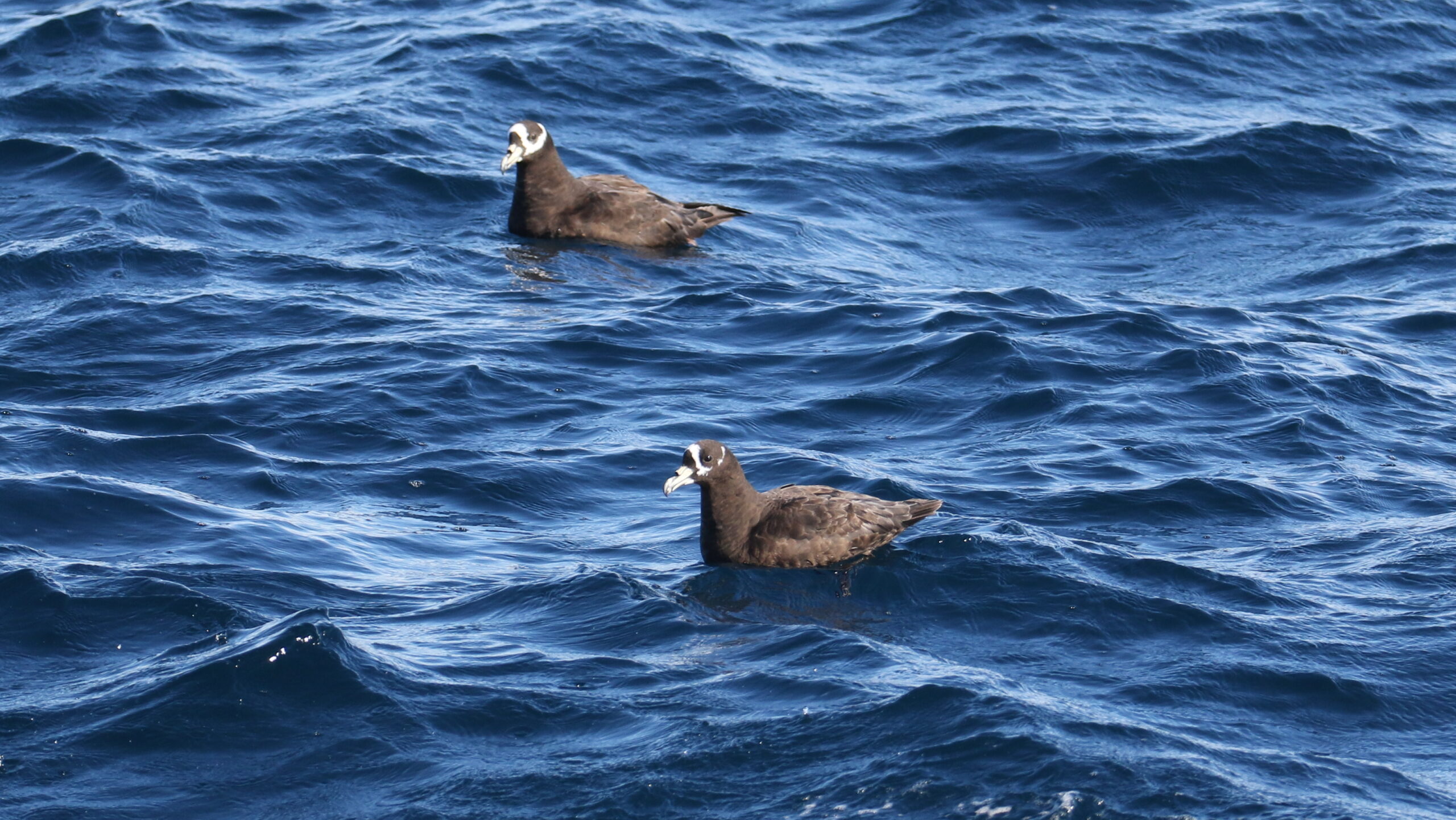
Tour Gallery
View a gallery of images for this tour below, click on an image to view as full size with caption
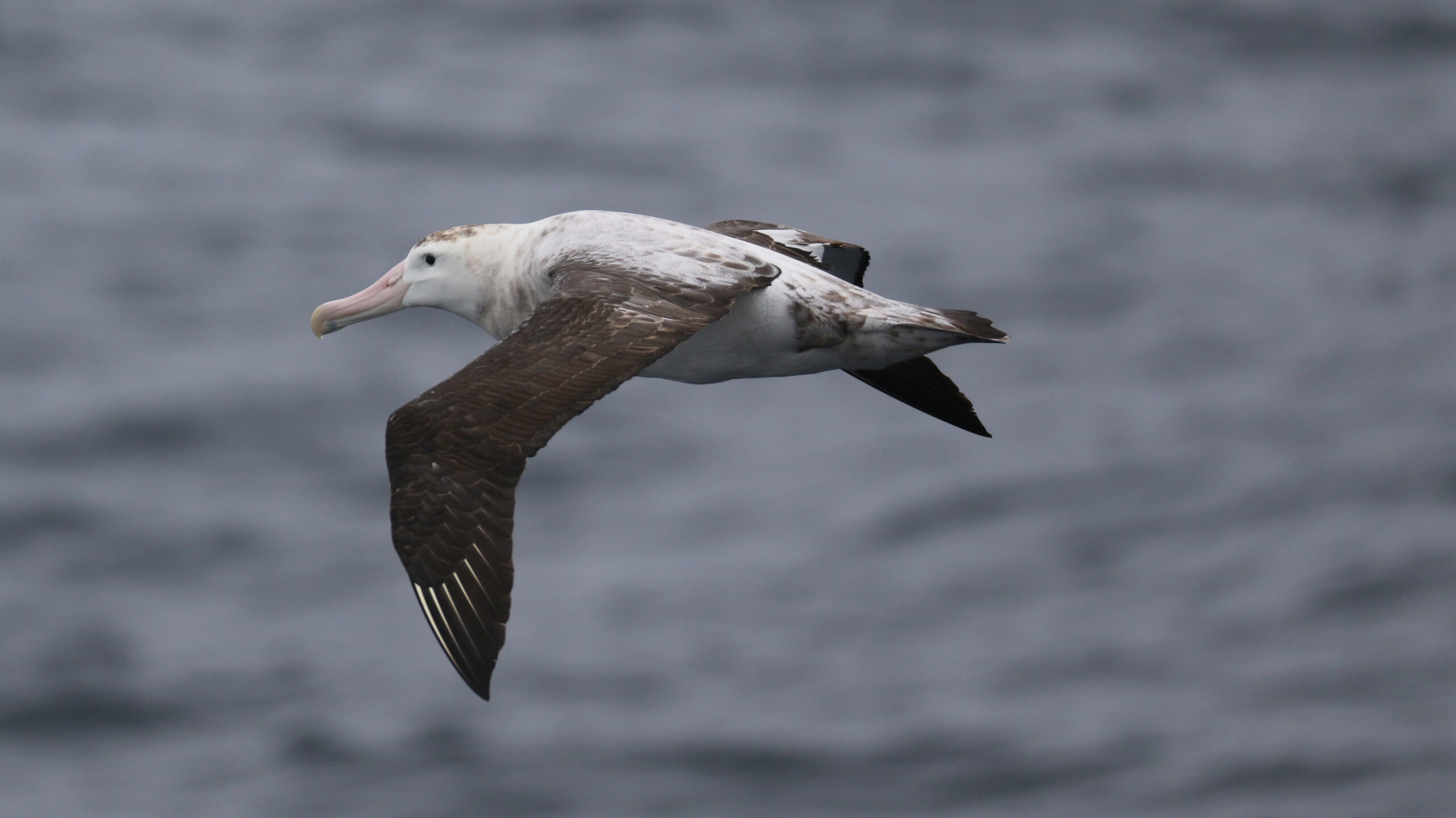

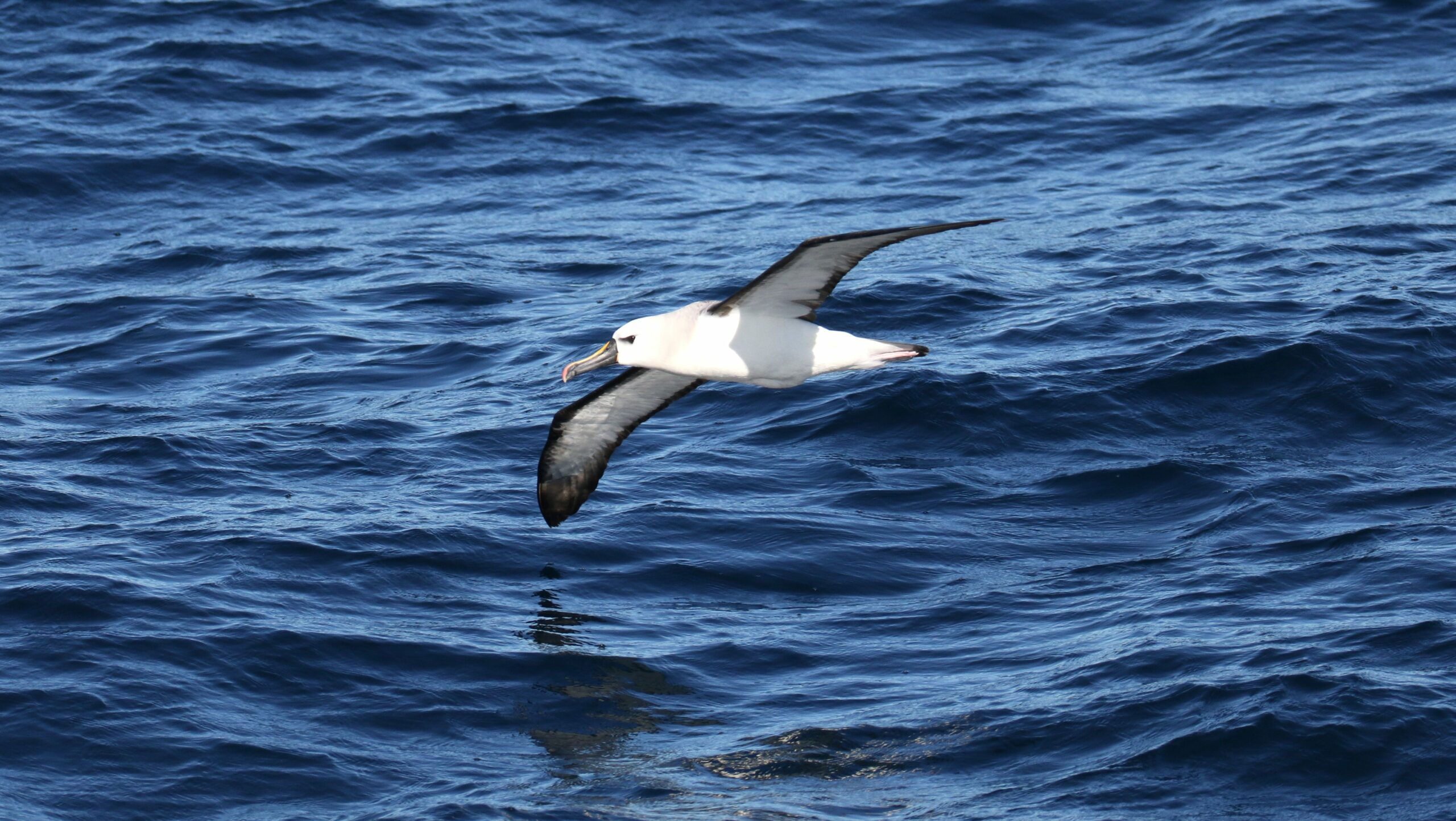


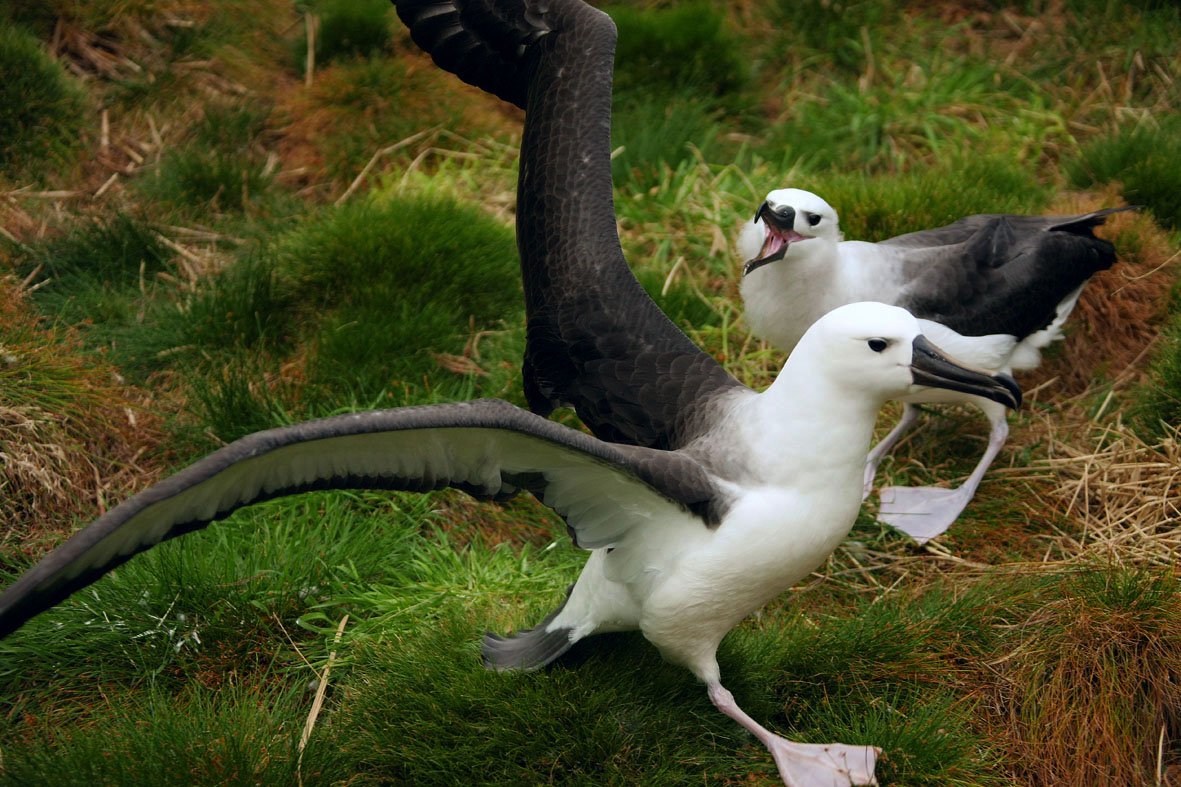
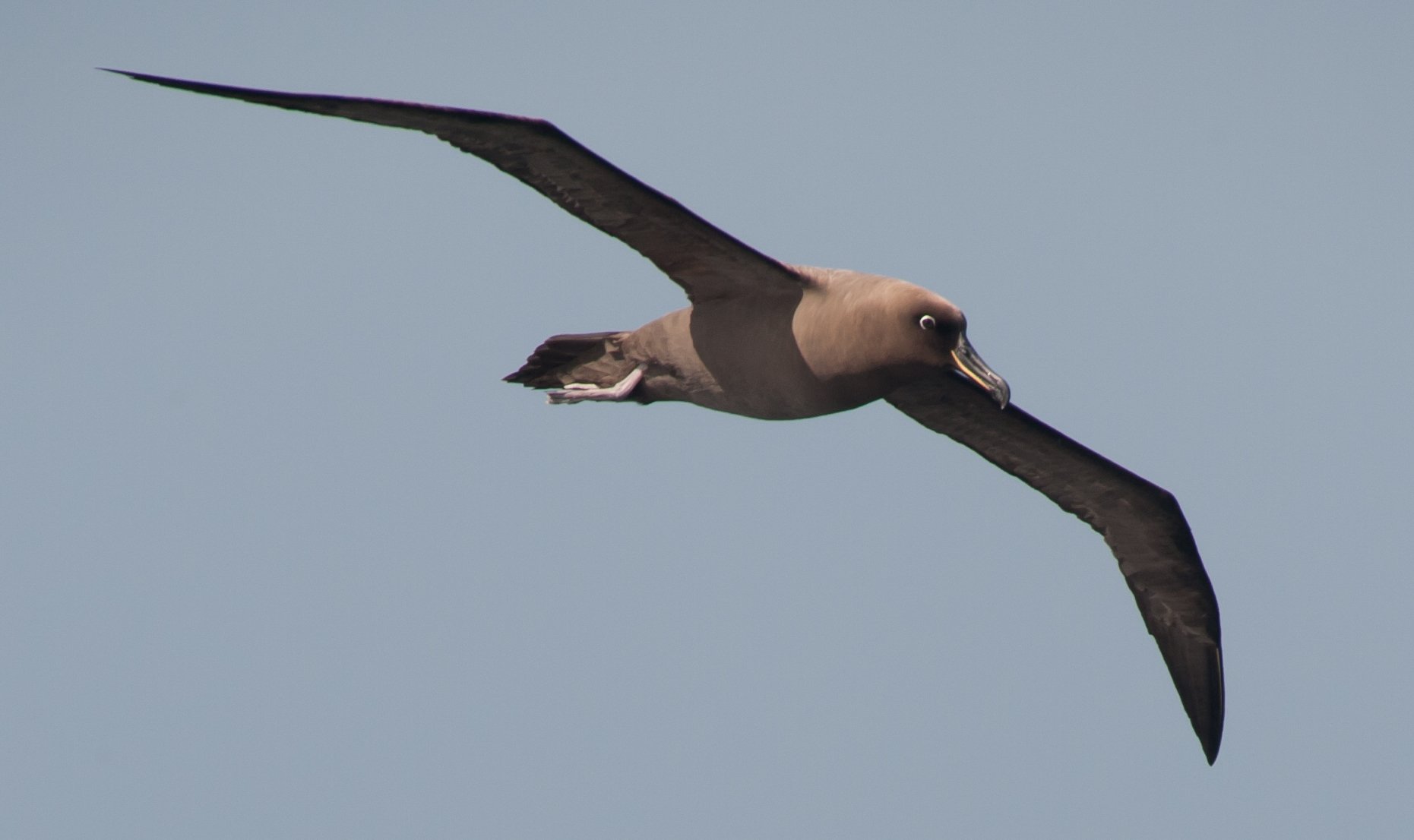
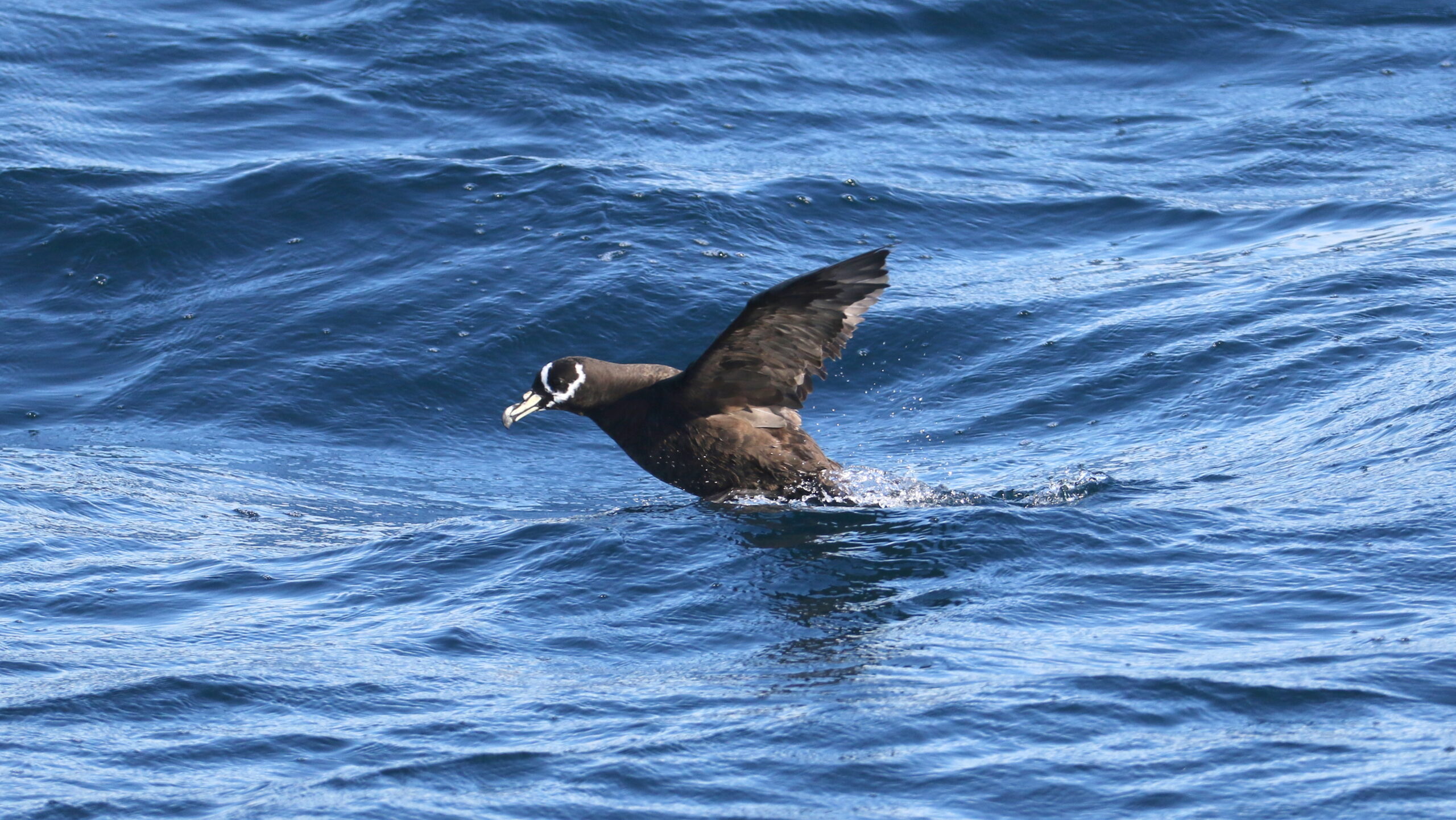

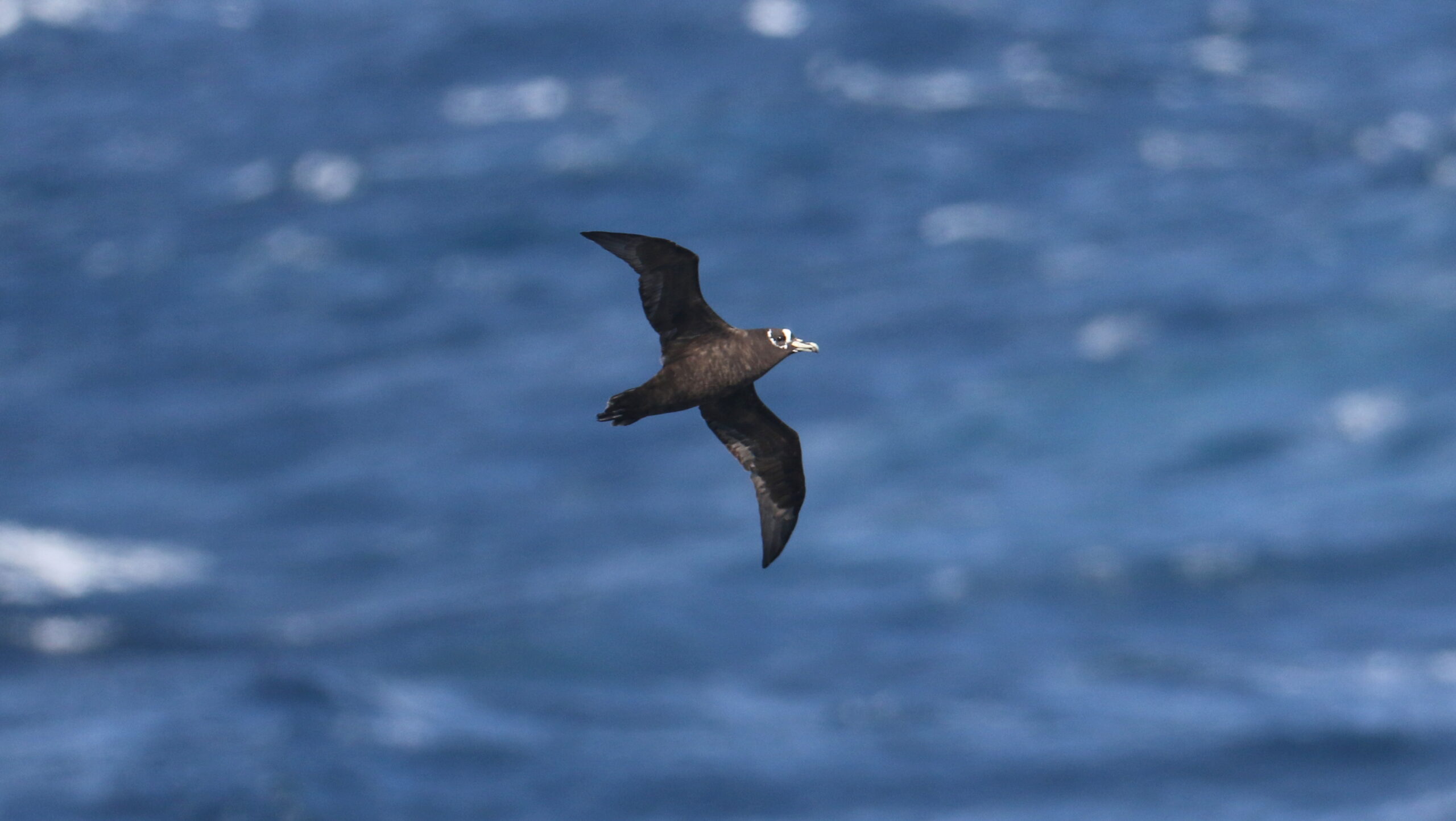

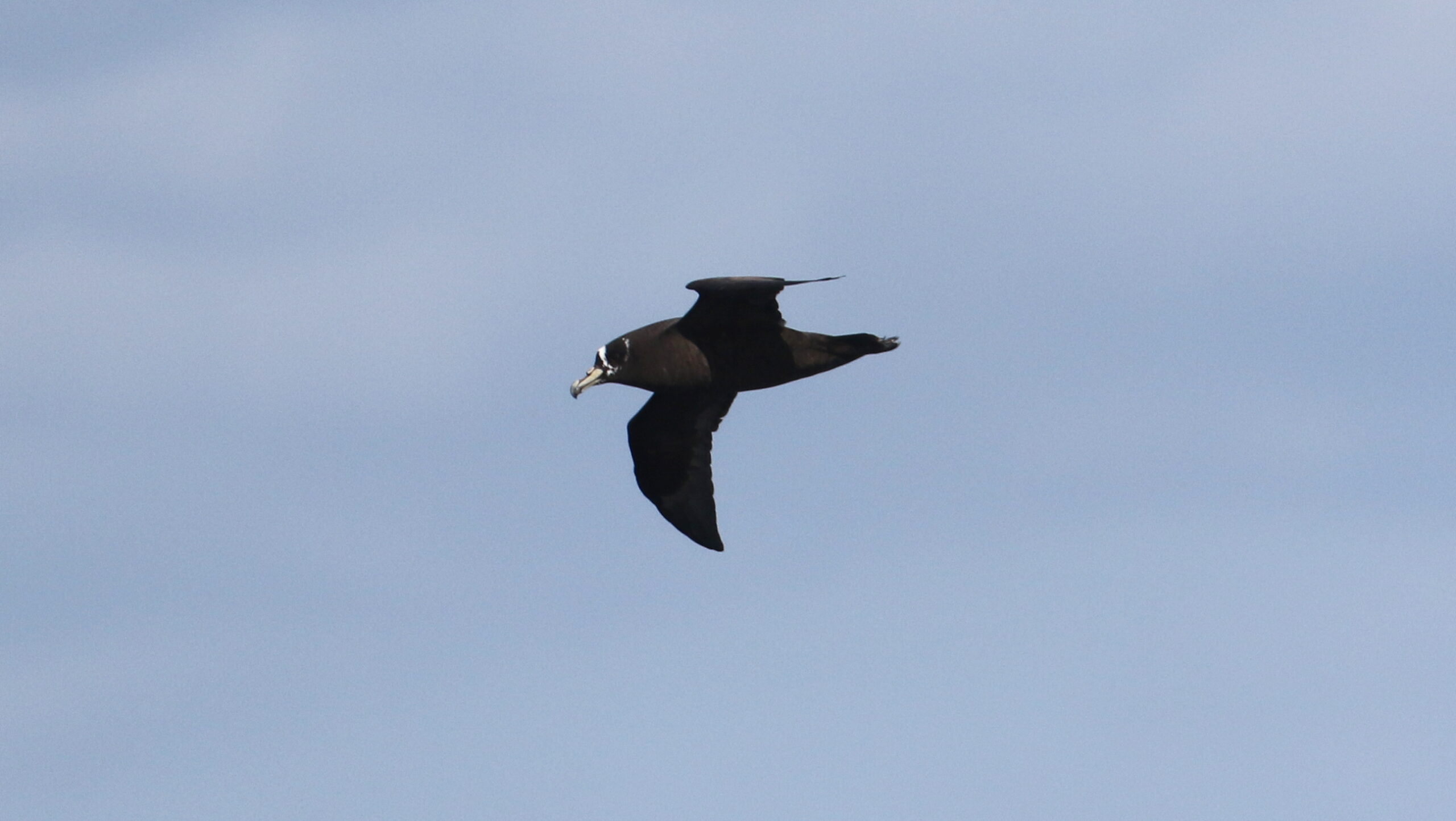

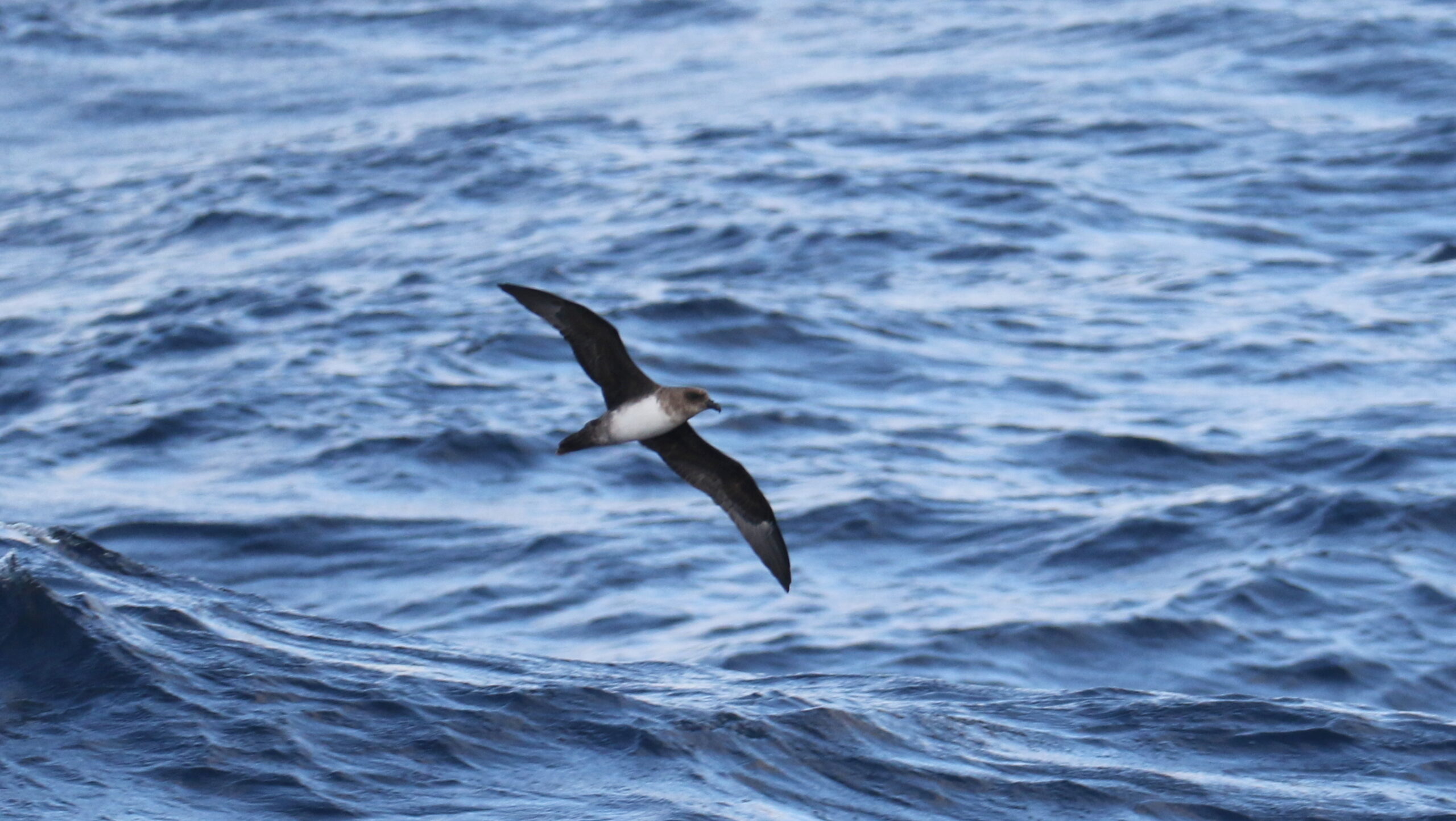
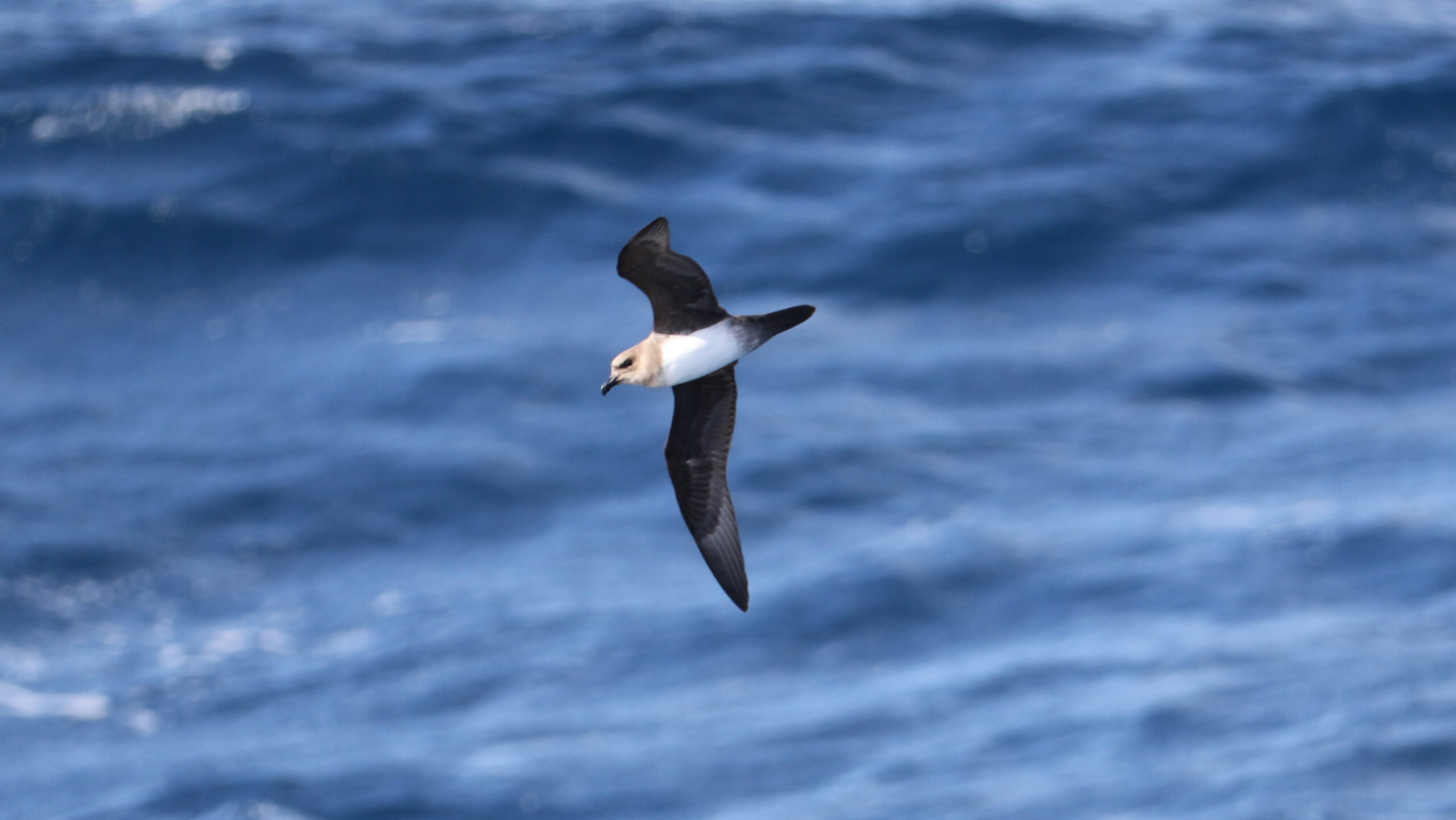
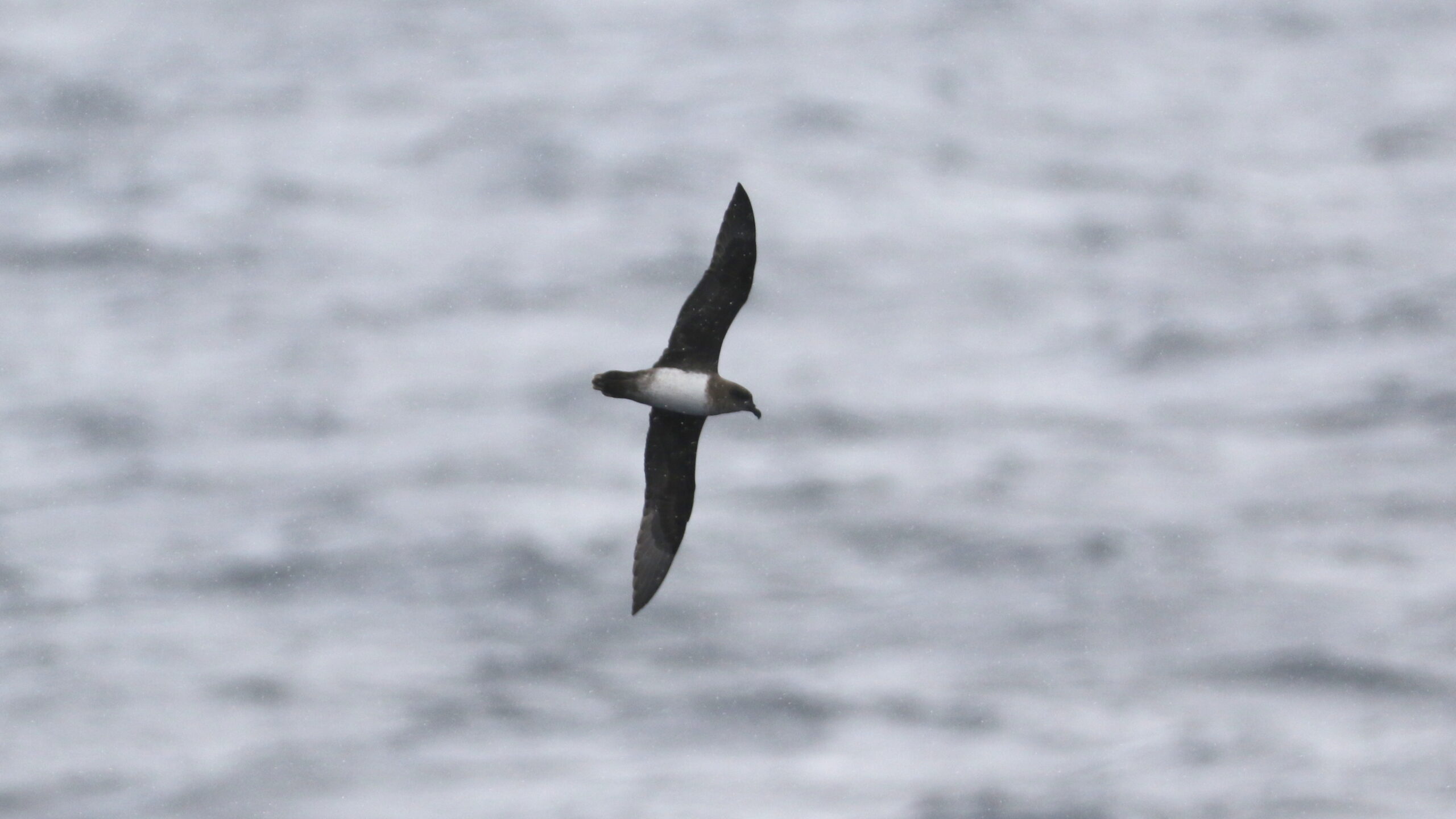
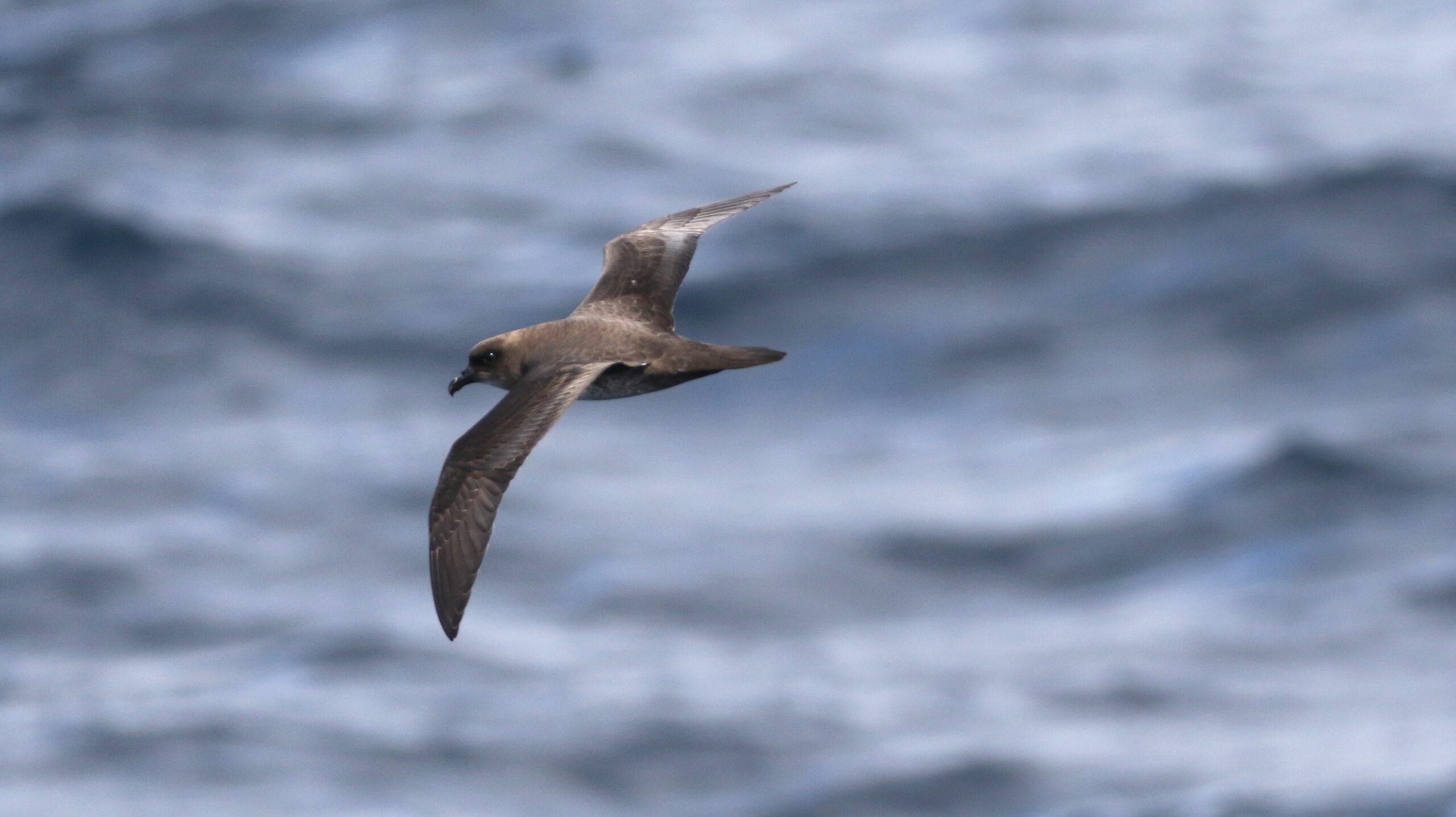
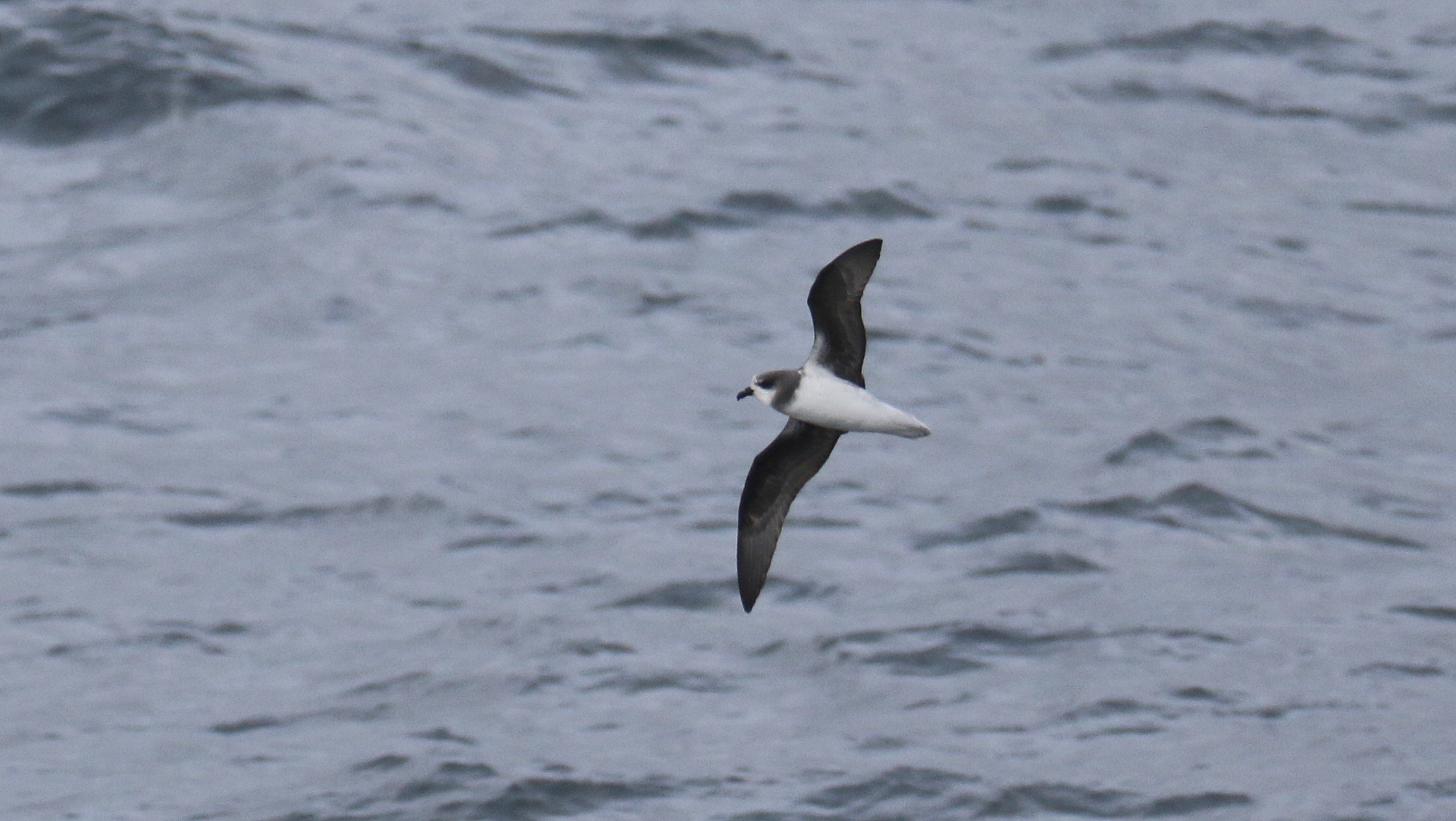

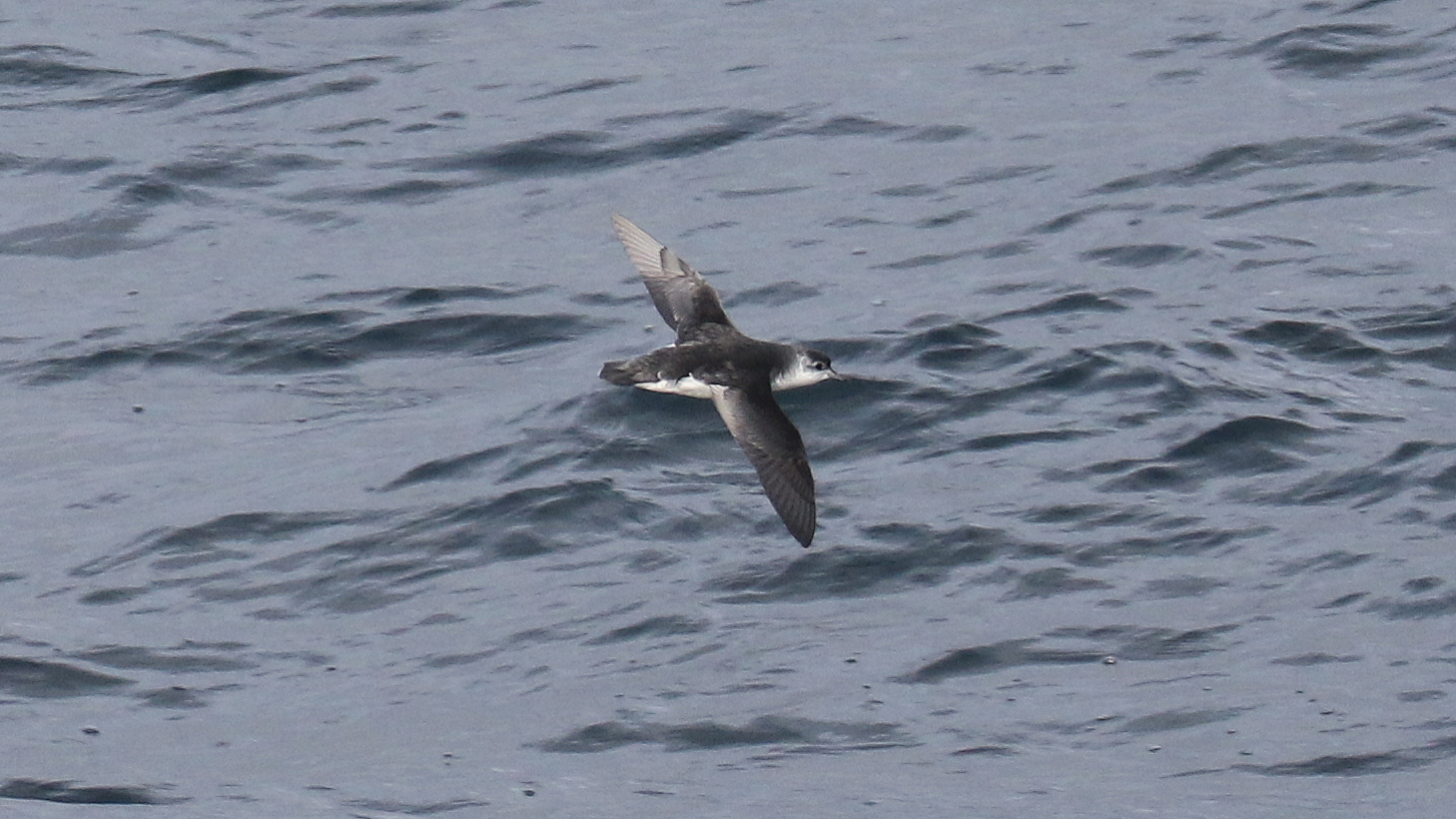
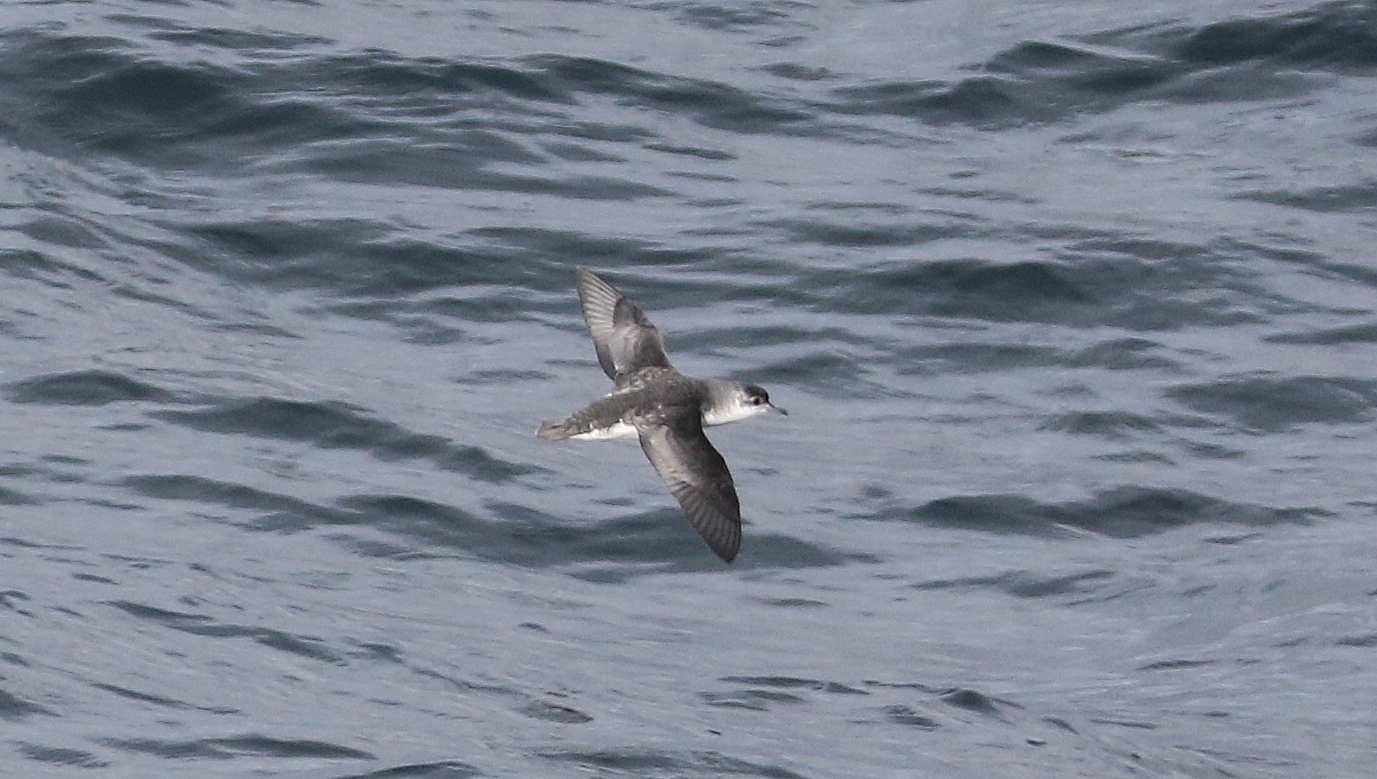
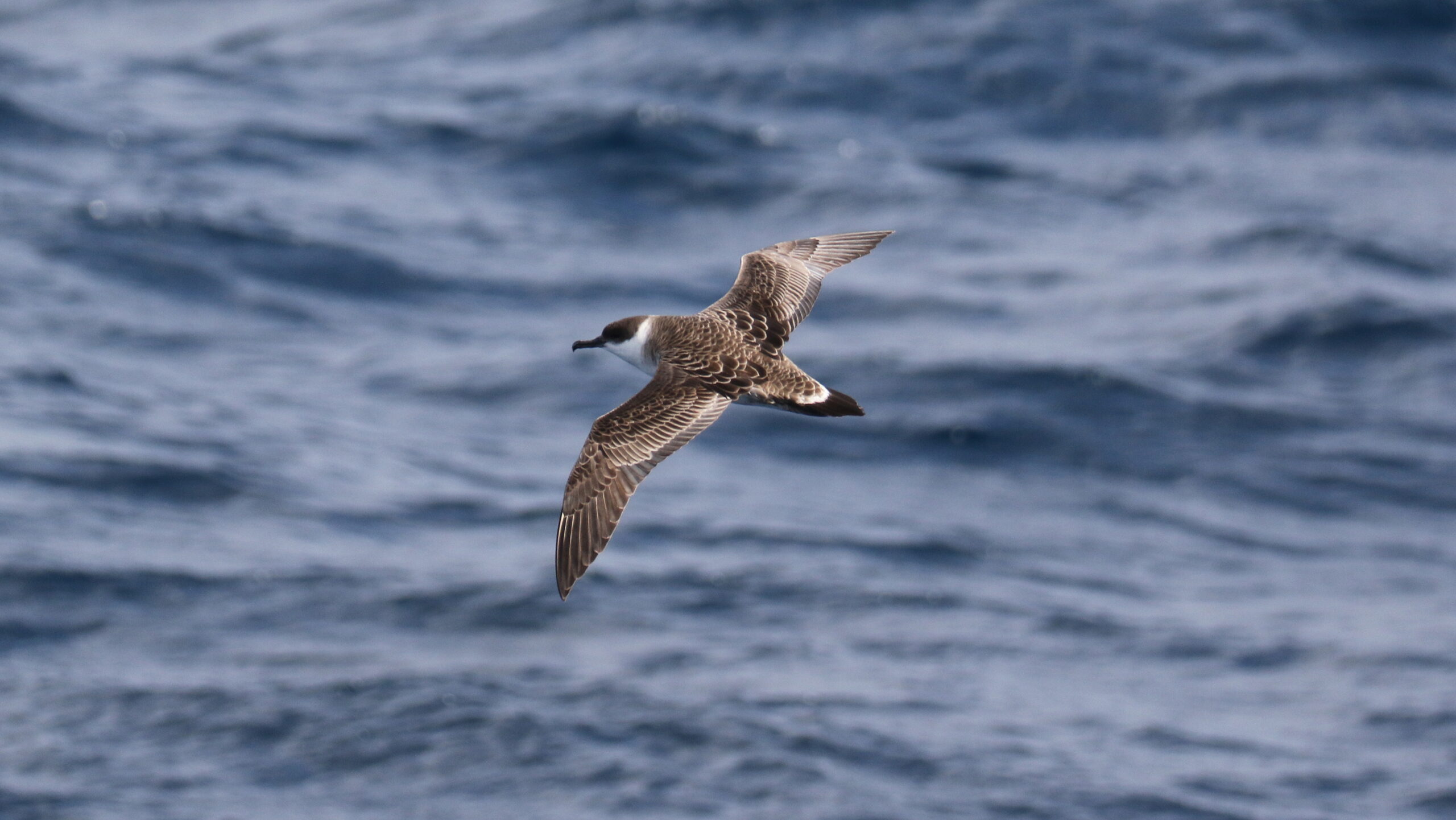
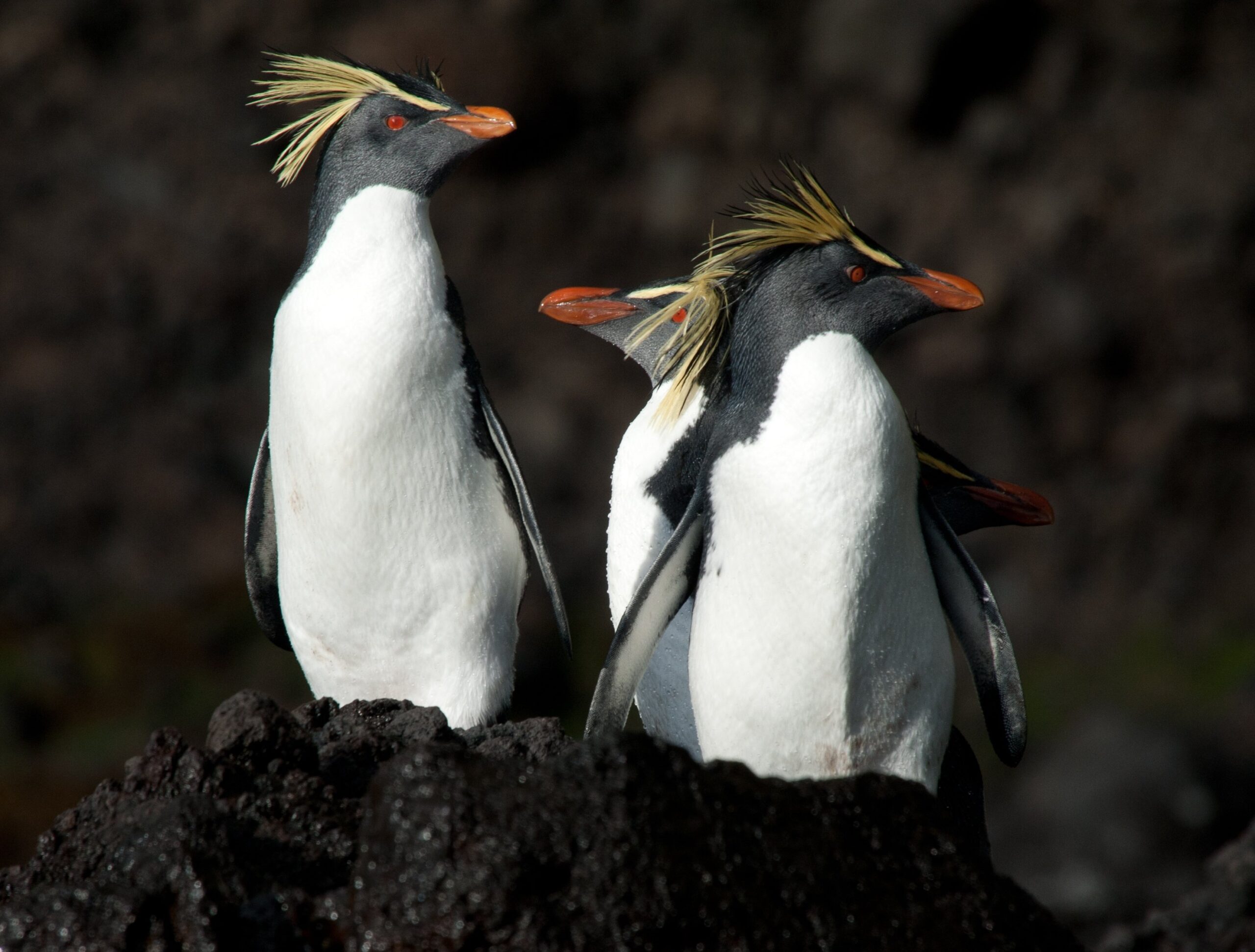
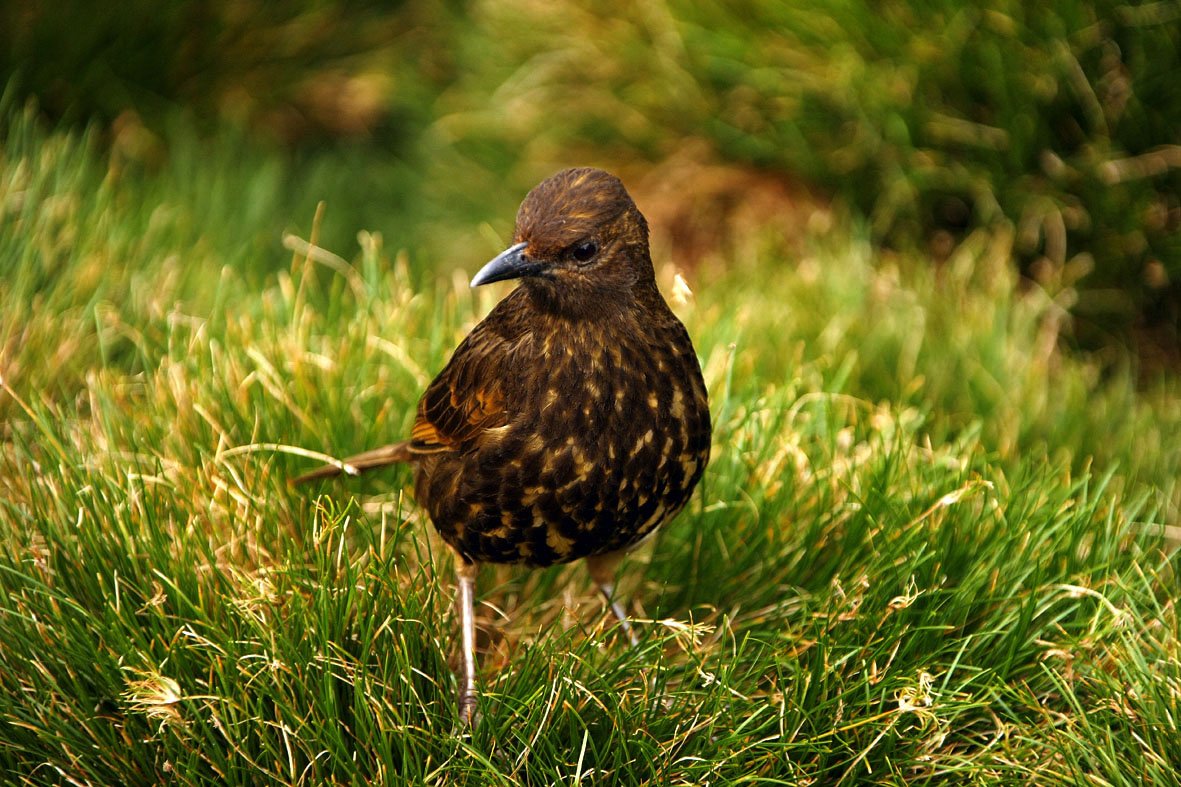

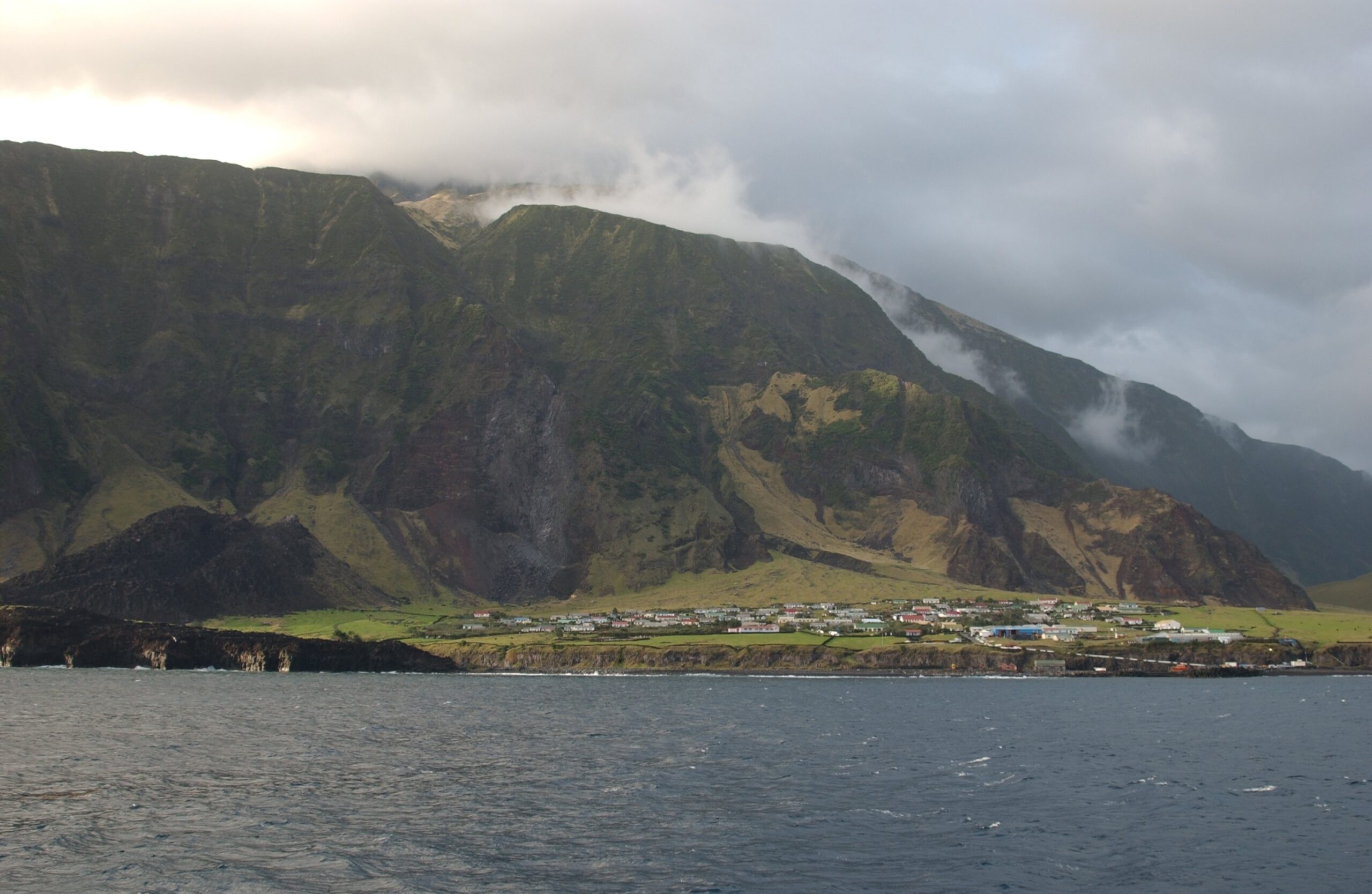
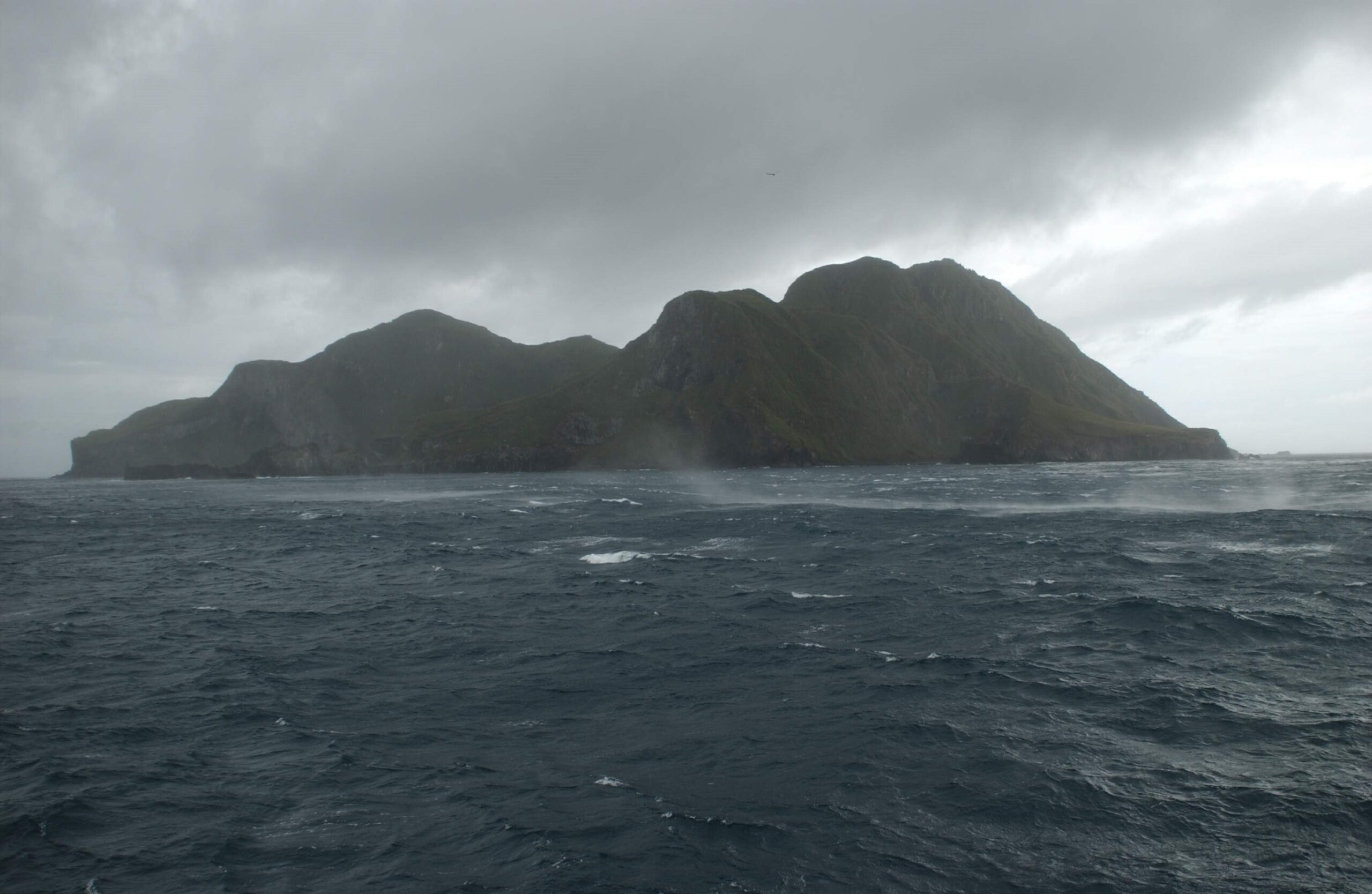
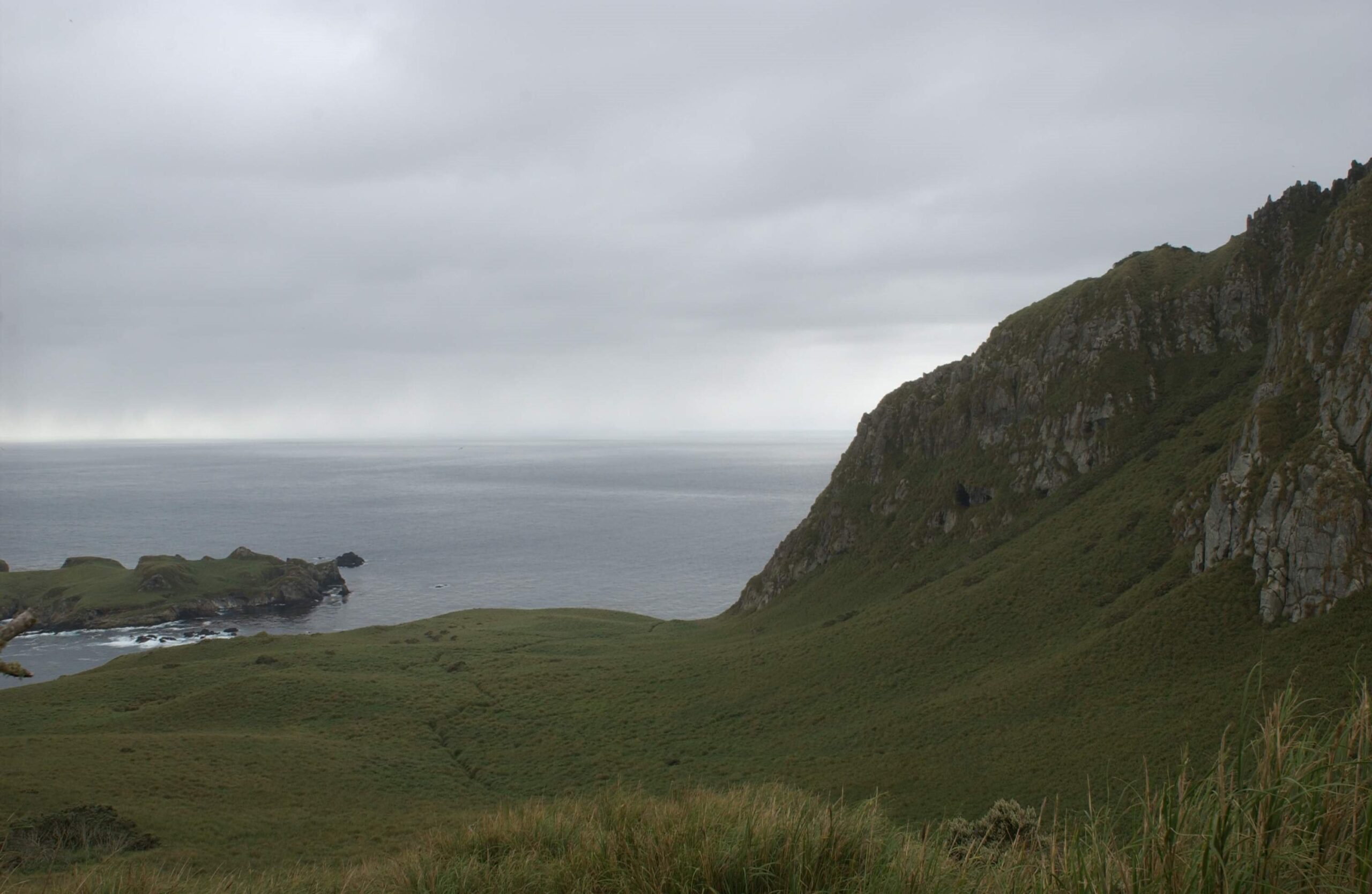
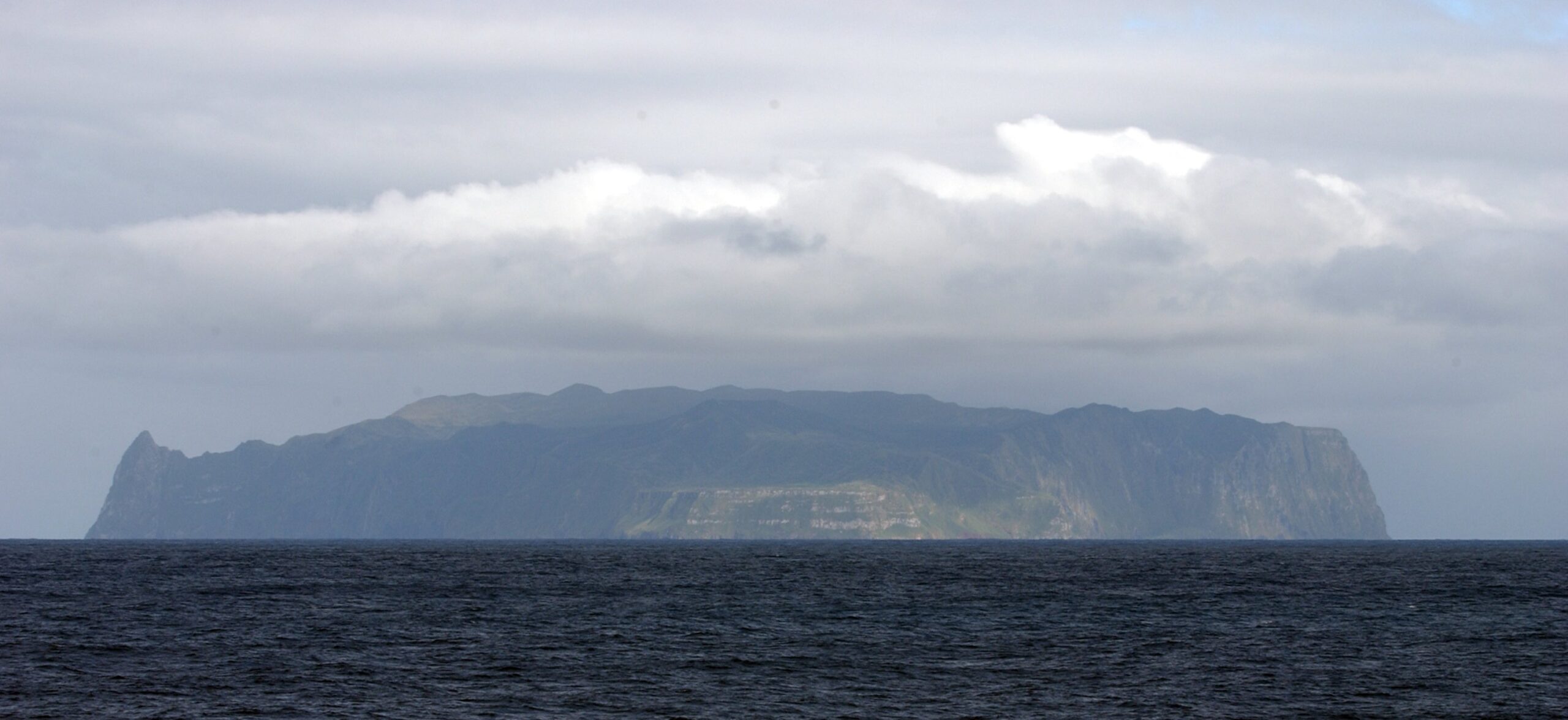
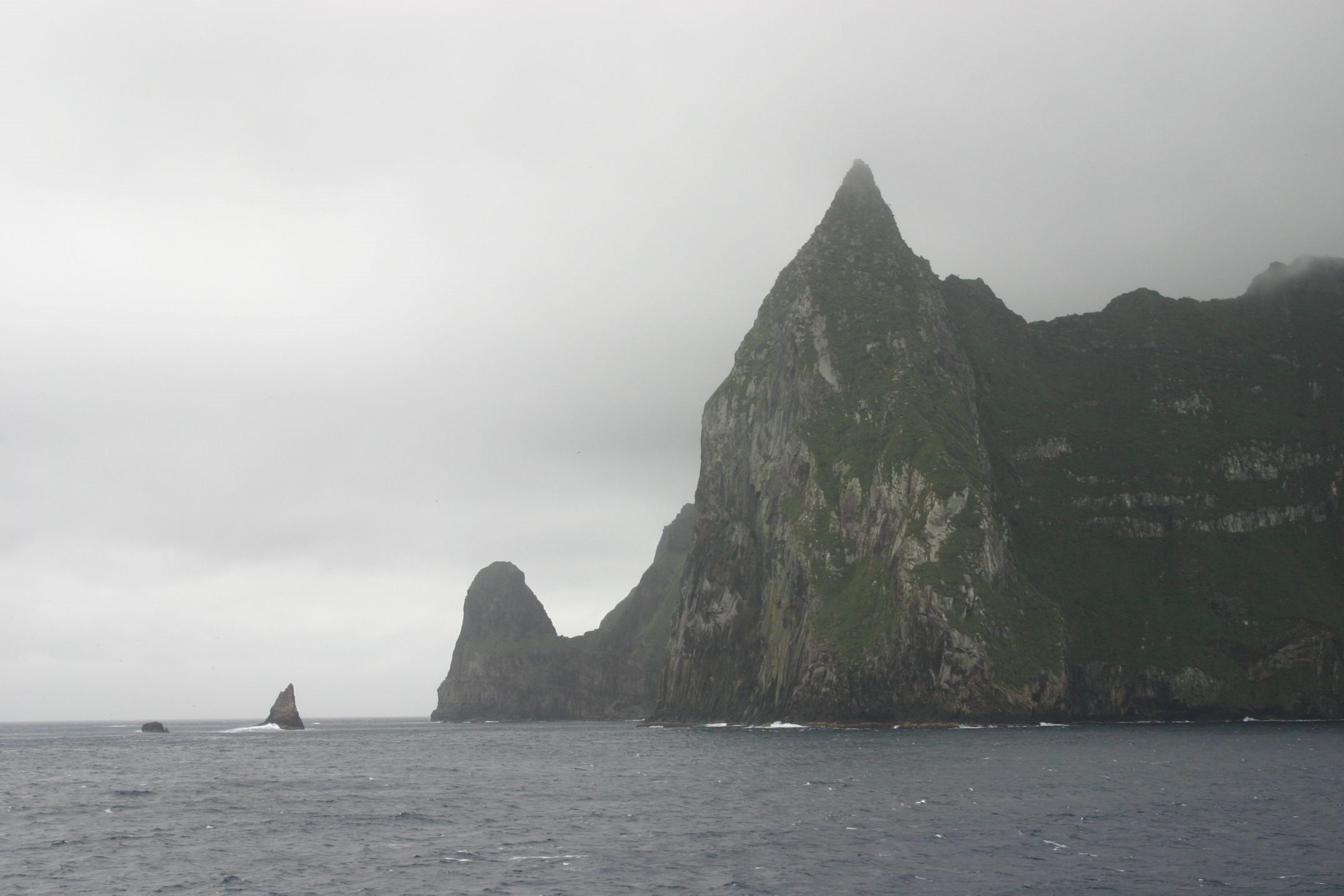

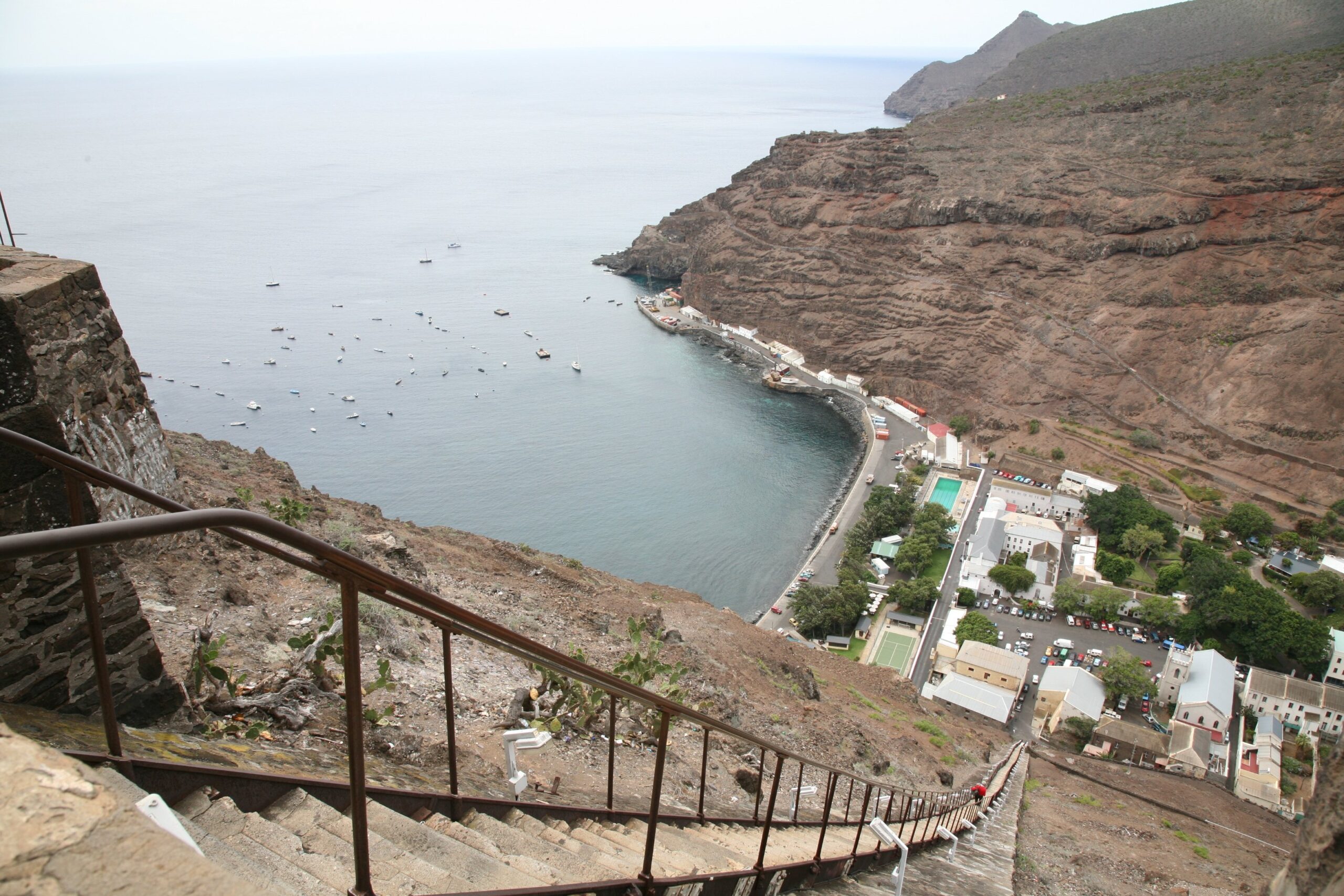
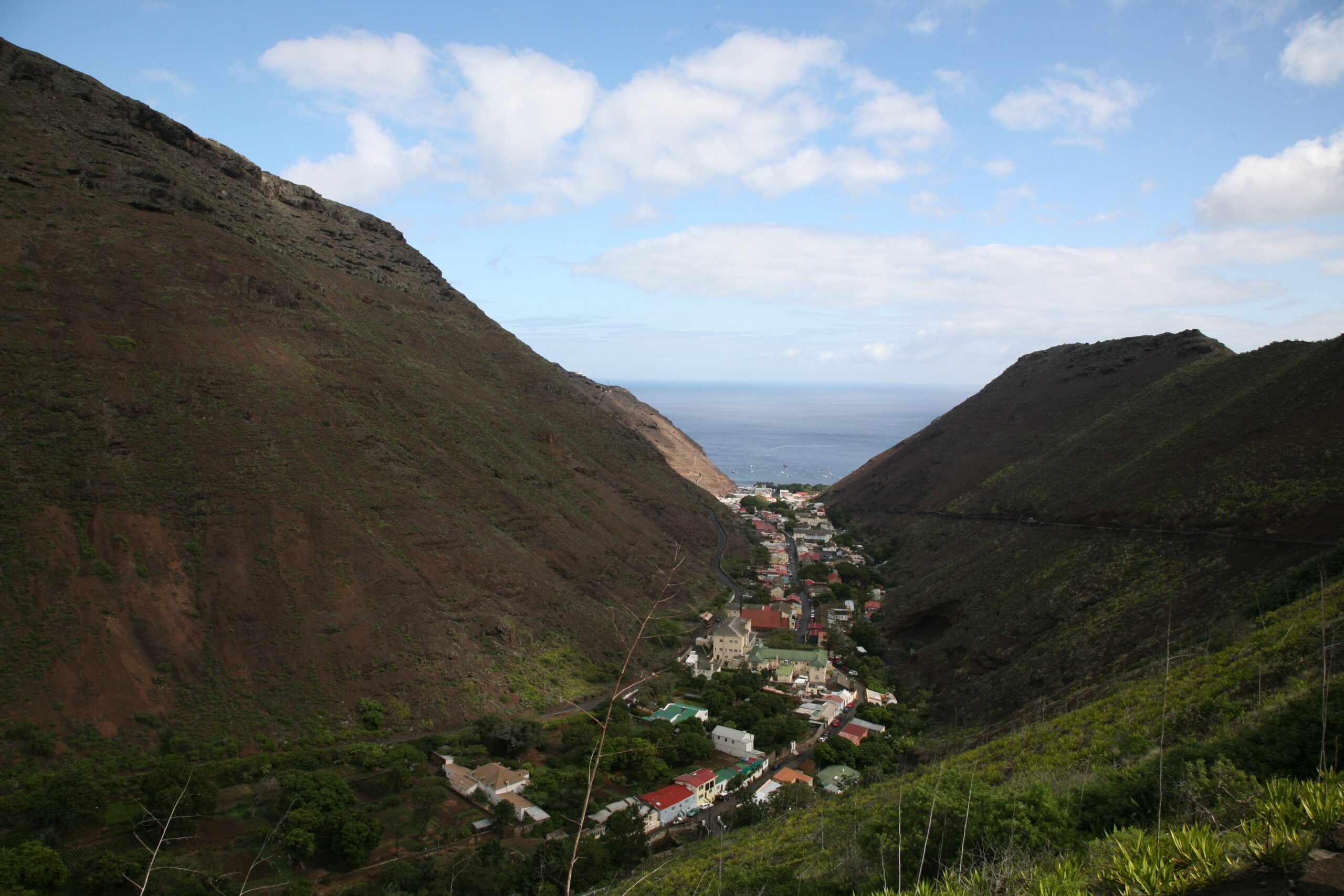
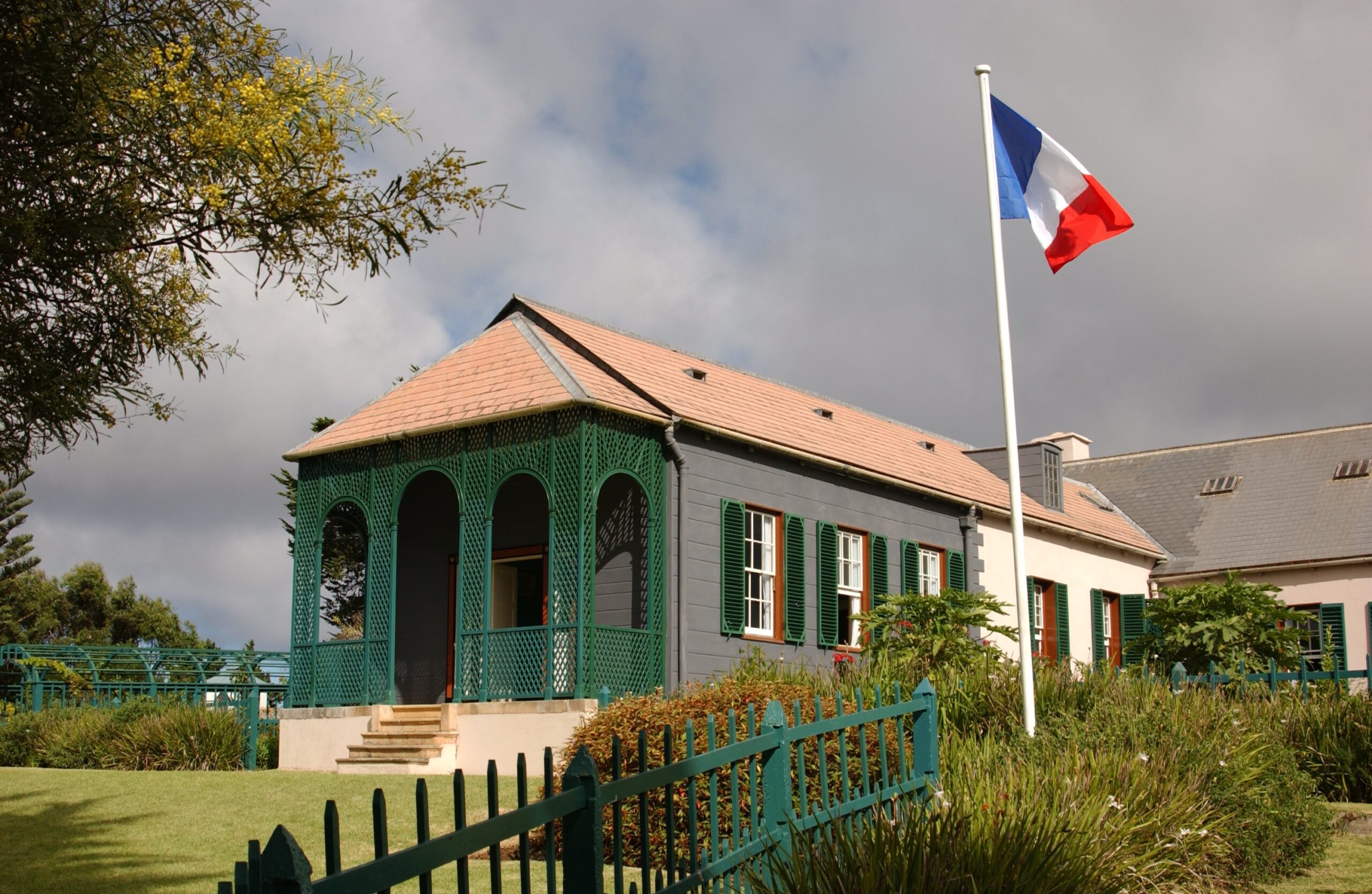
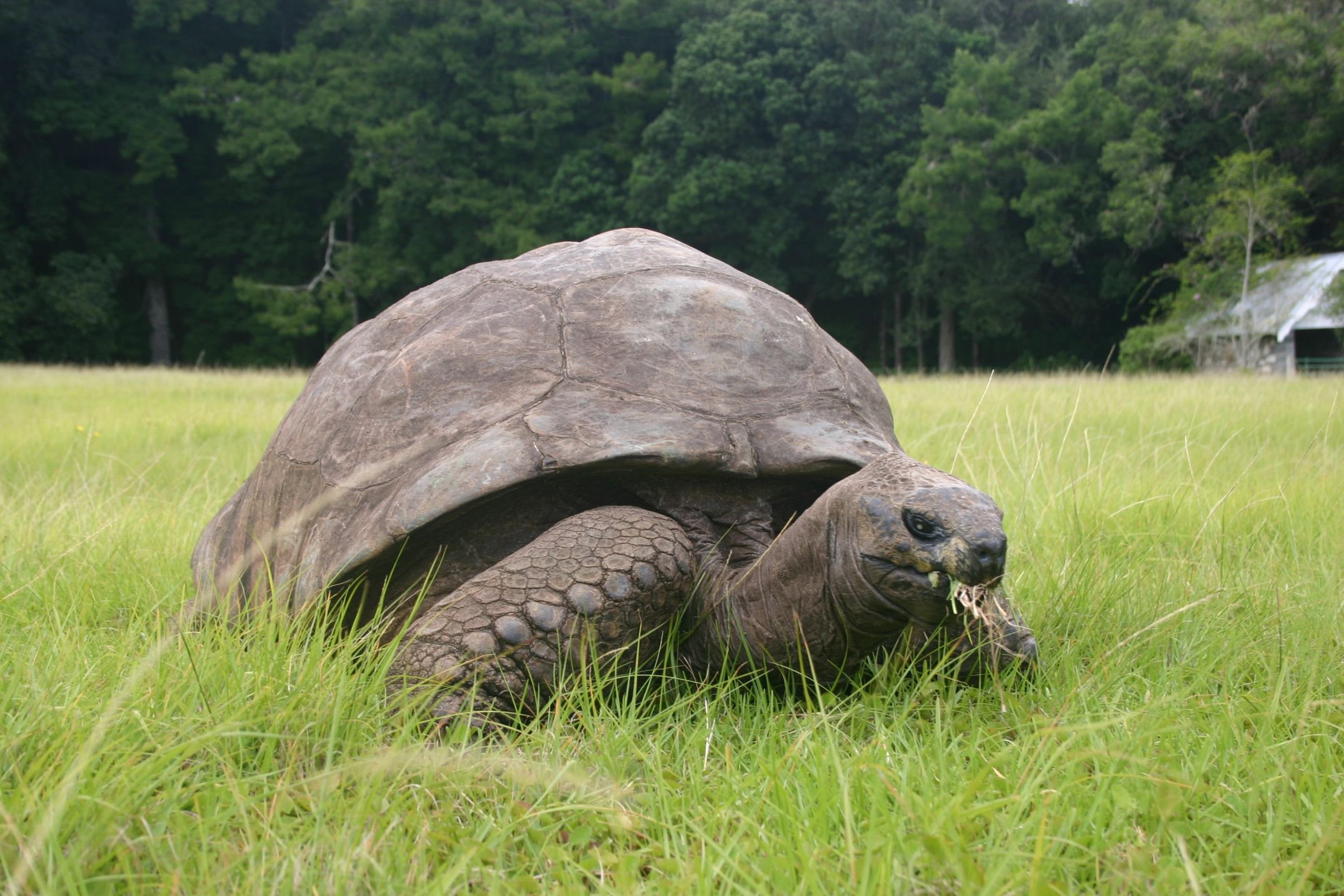



































Ask About This Tour
If you have any questions about this tour, please enter your details here and we will get back to you as soon as possible.
Alternatively, contact us by email or phone. We look forward to hearing from you!
- 0117 965 8333
- [email protected]
Or complete the contact form and we will endeavour to get back to you as soon as possible.
* = required field
